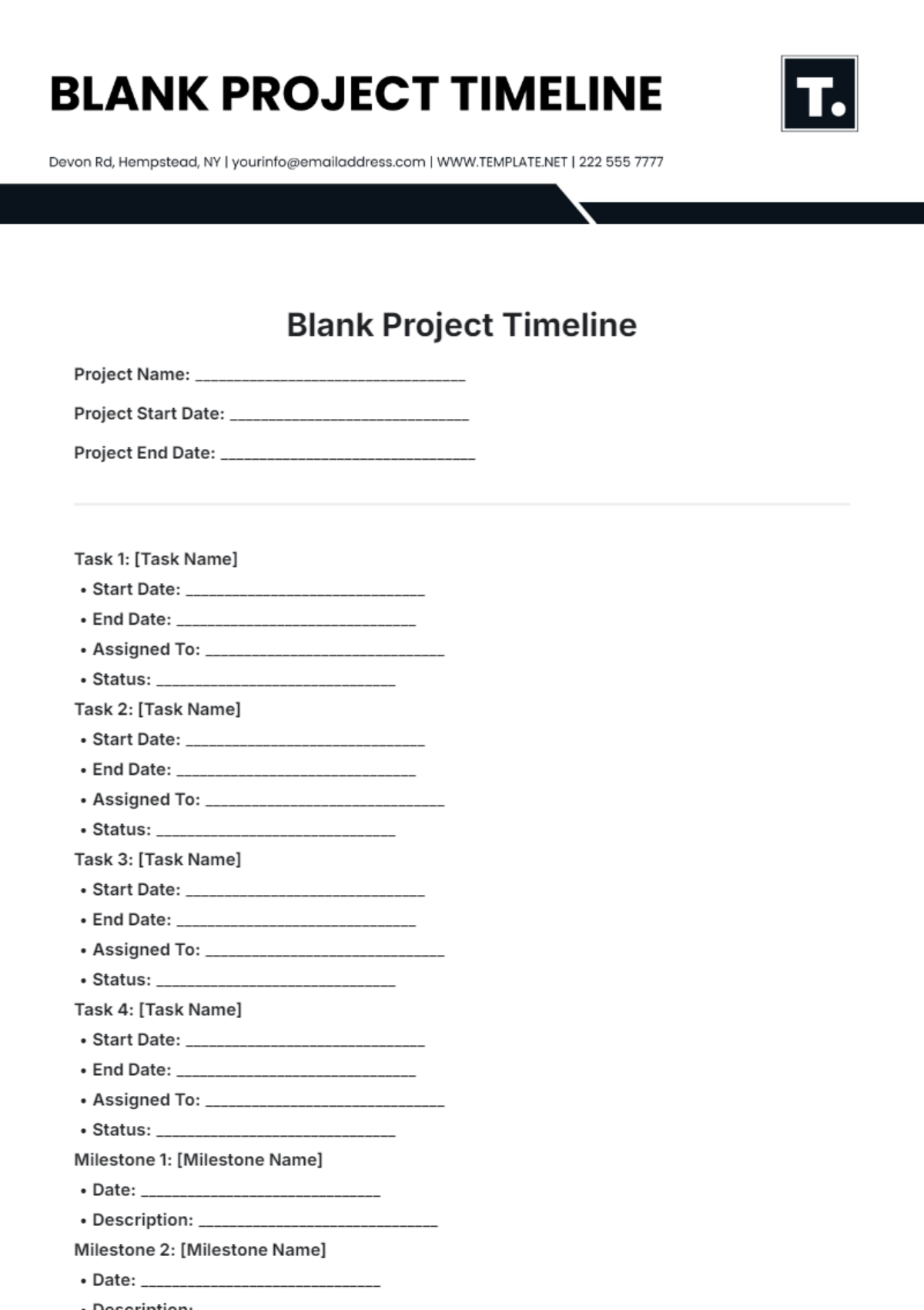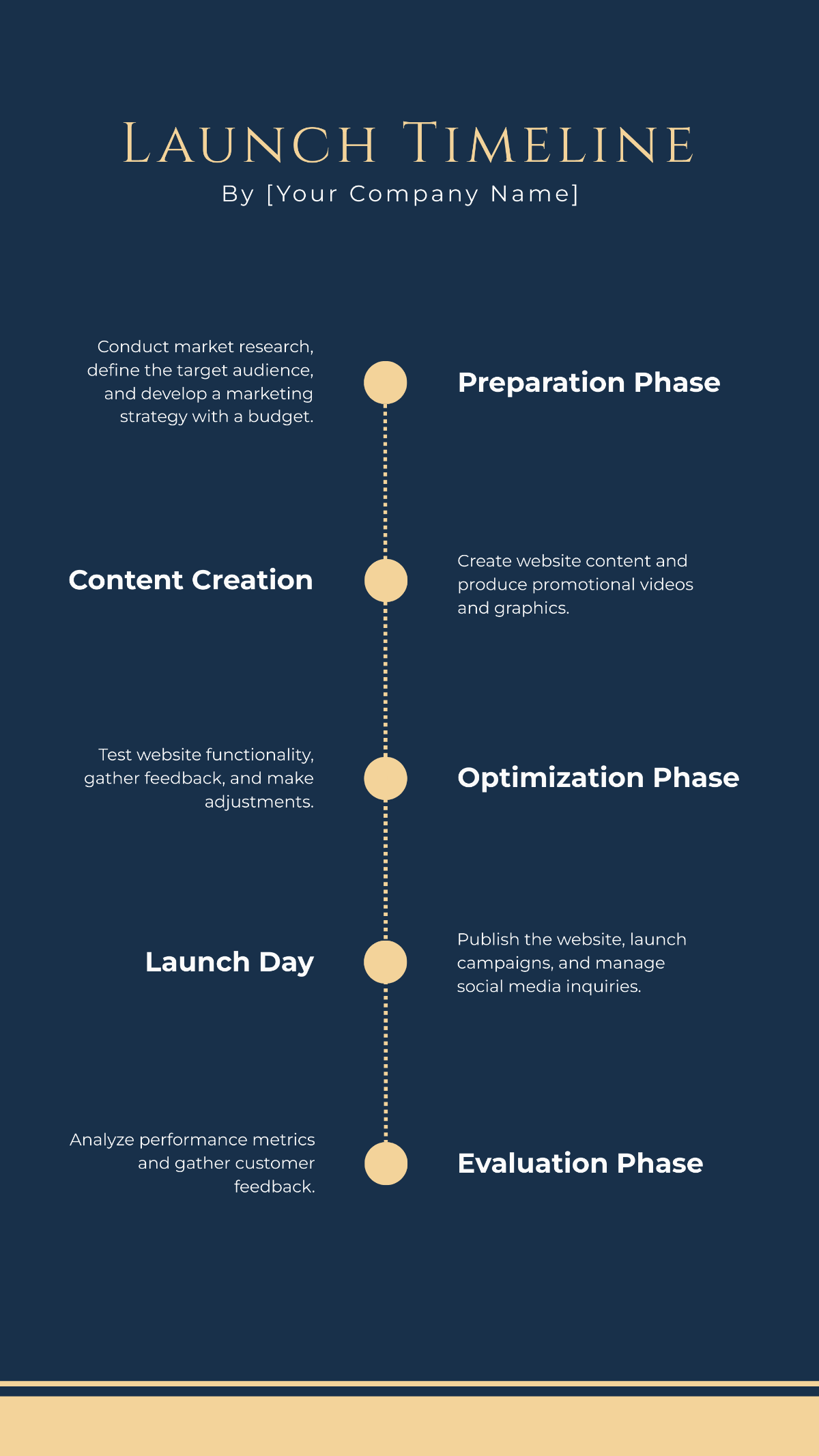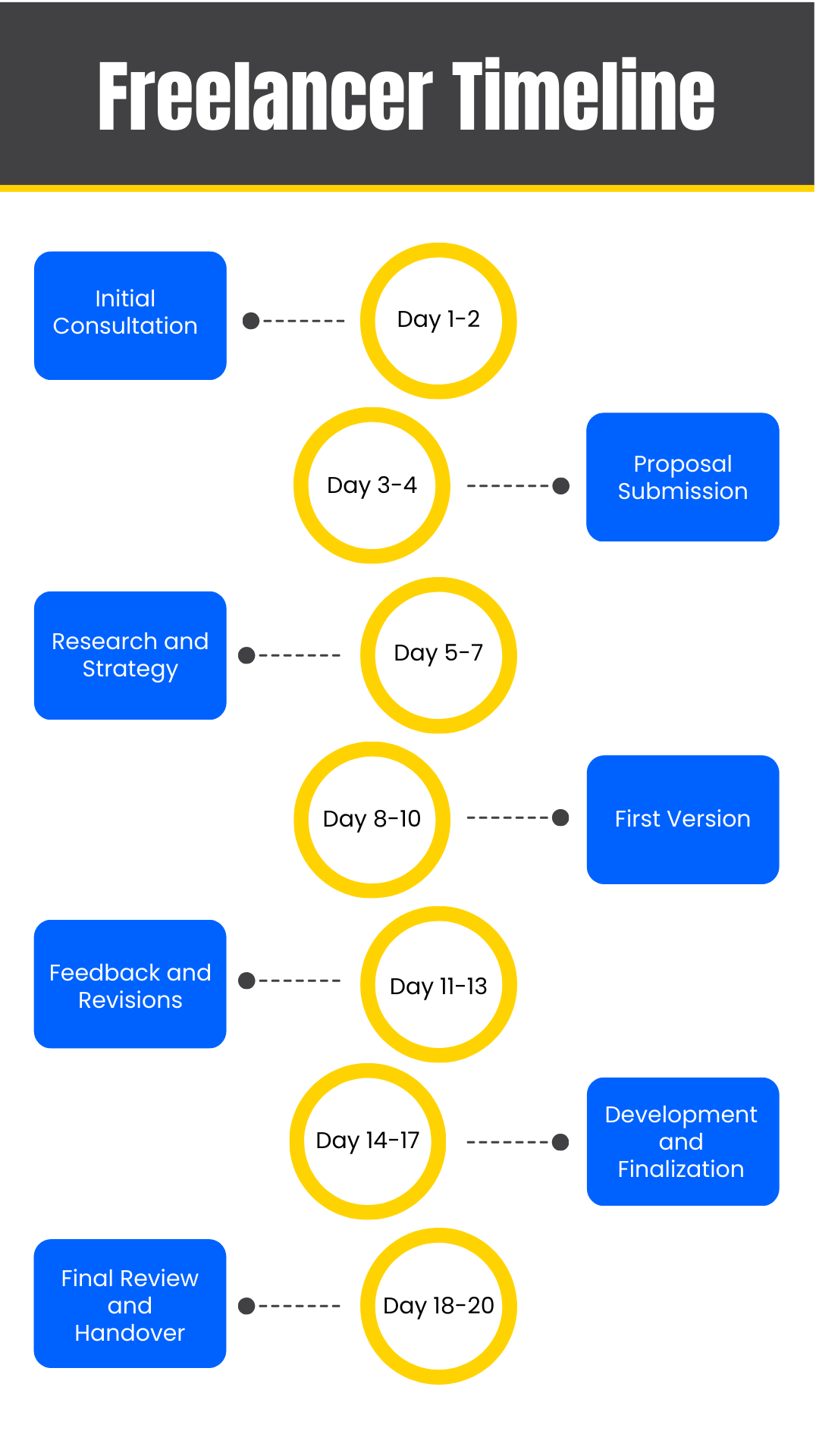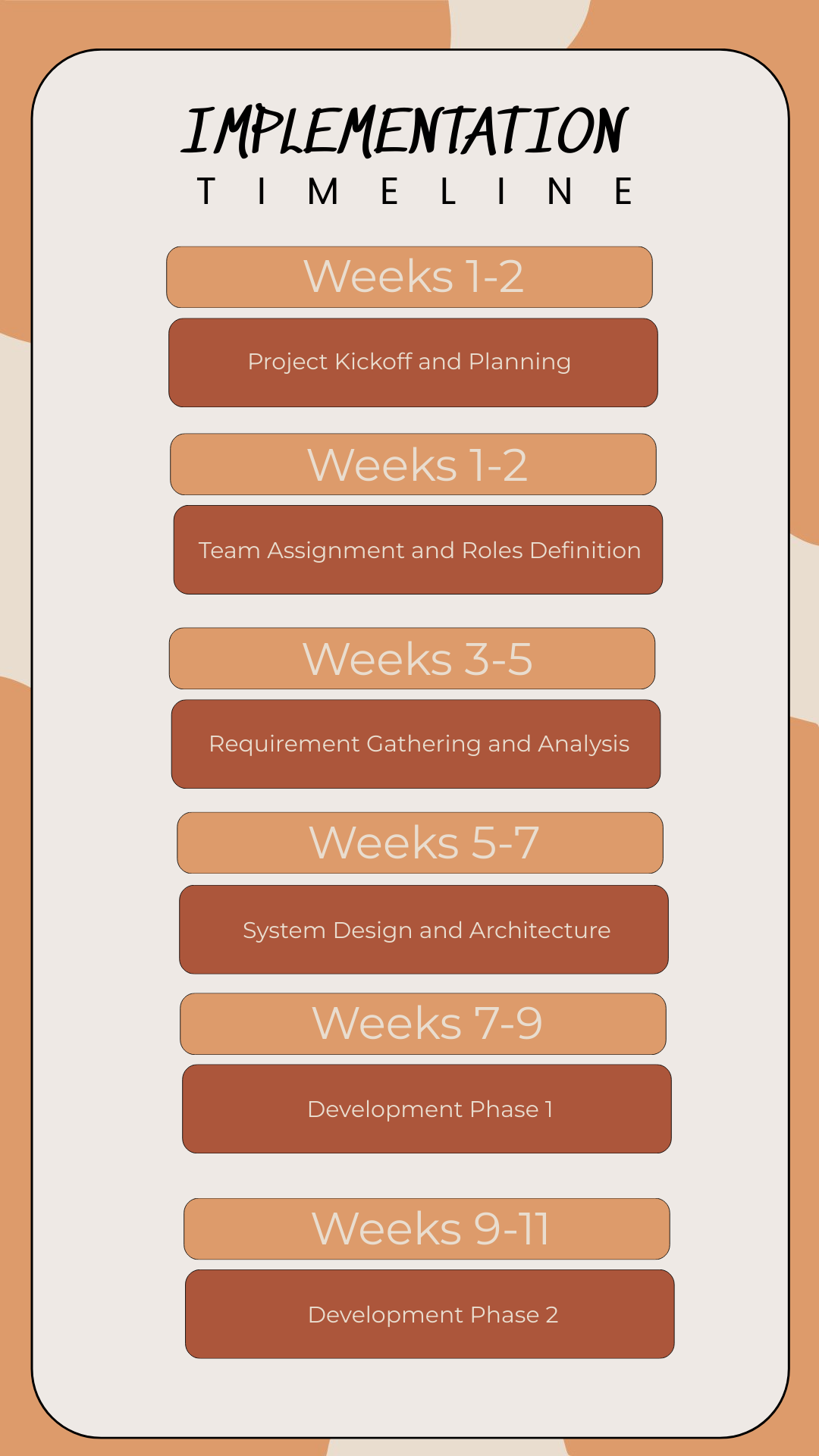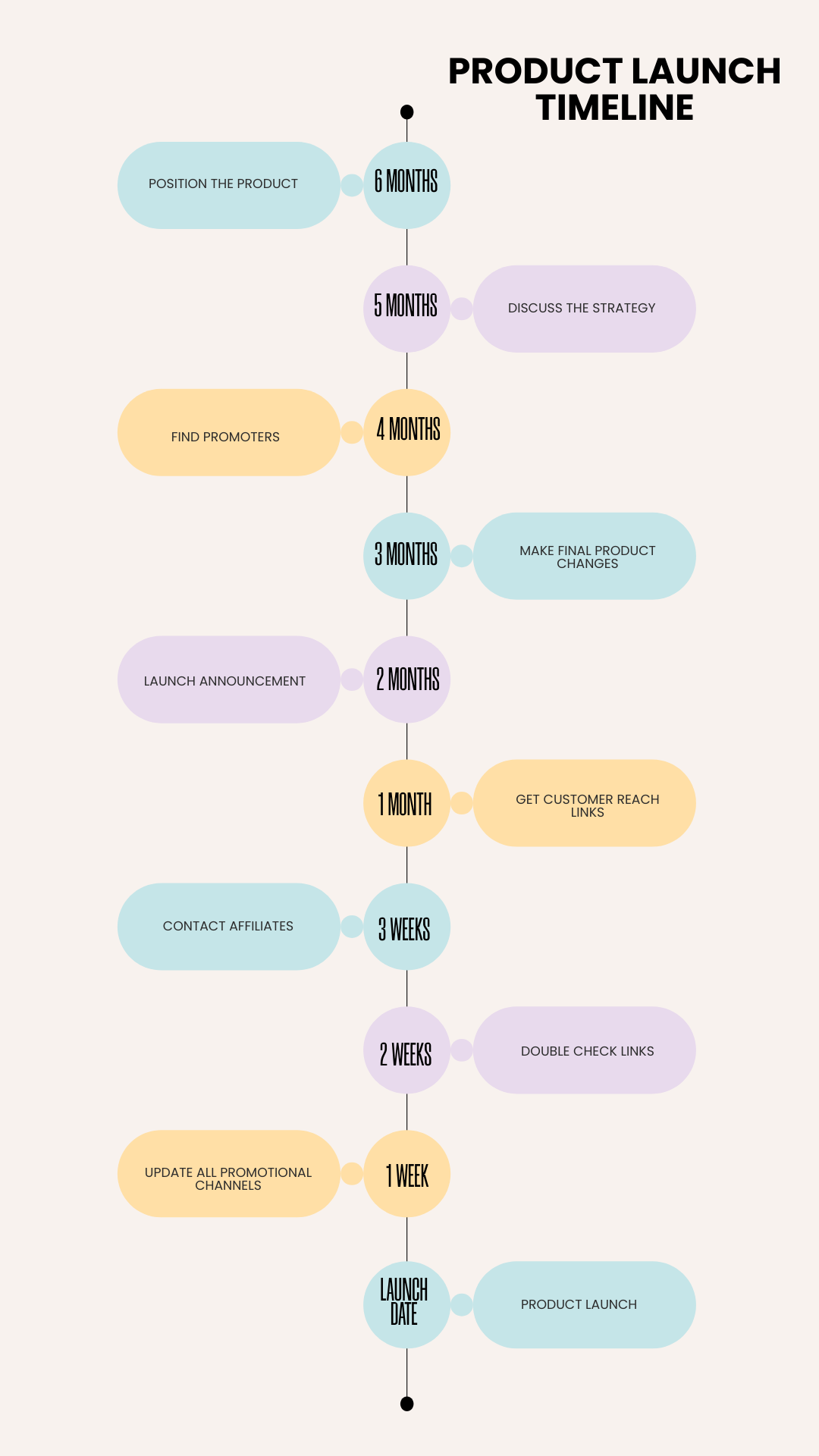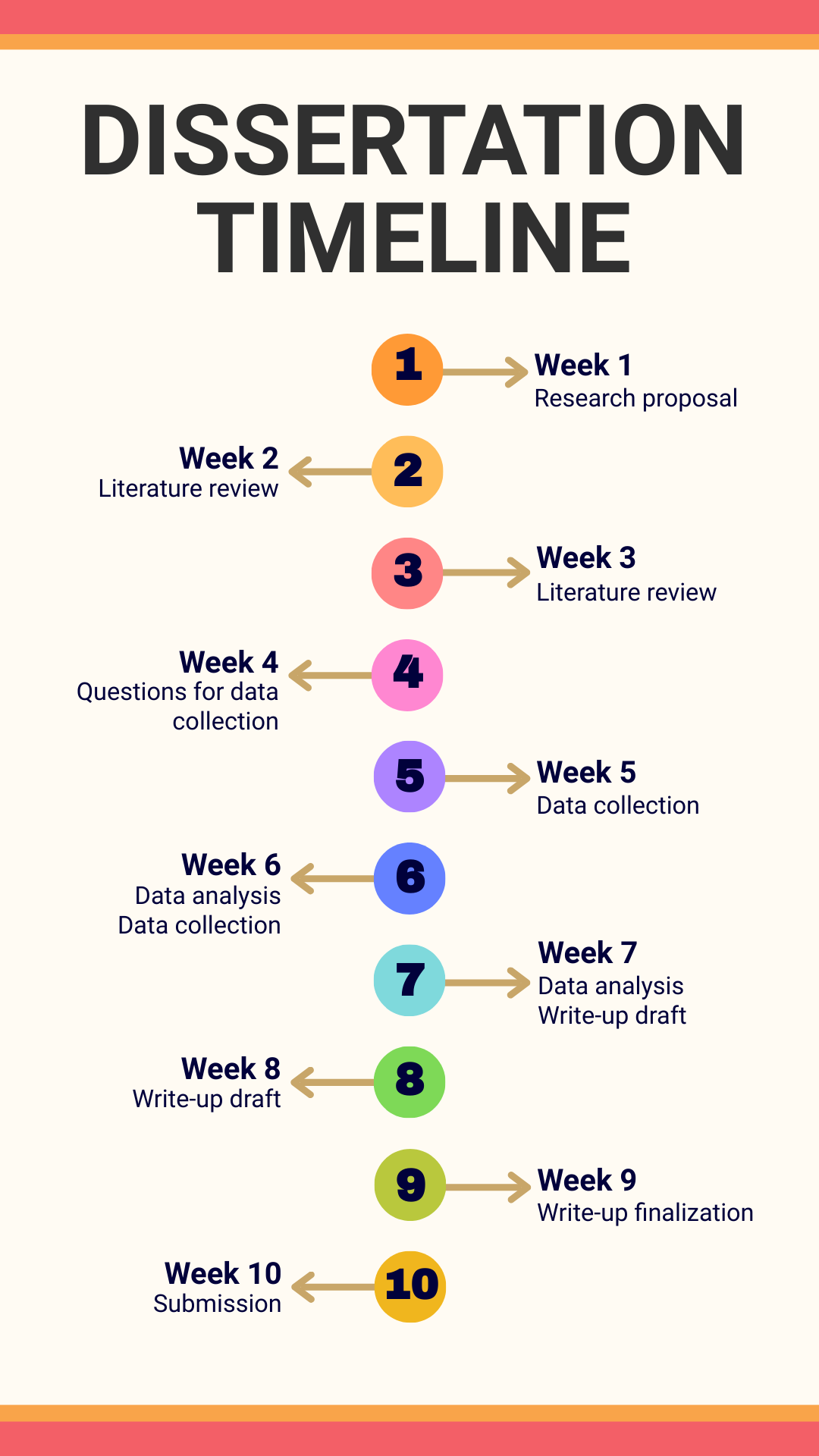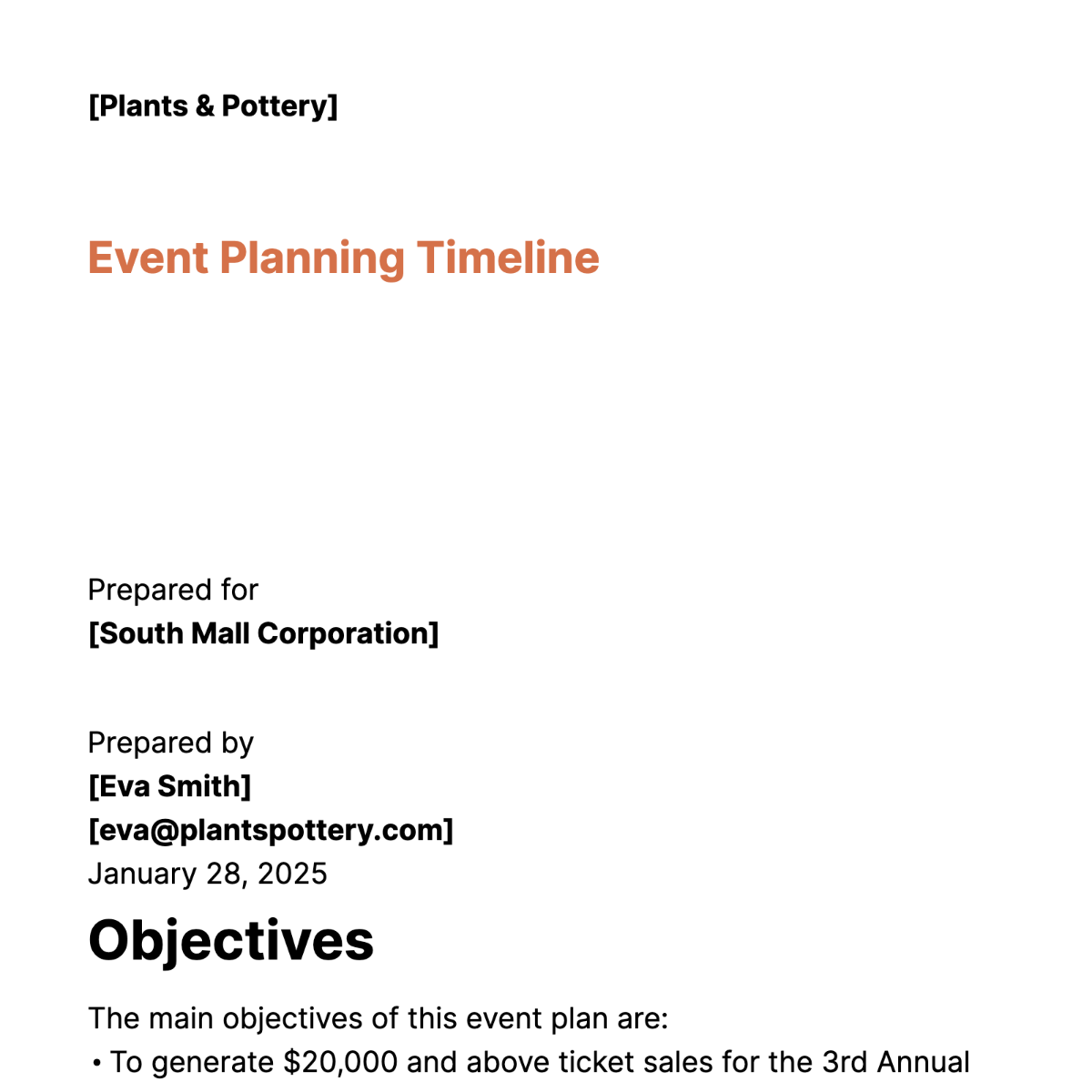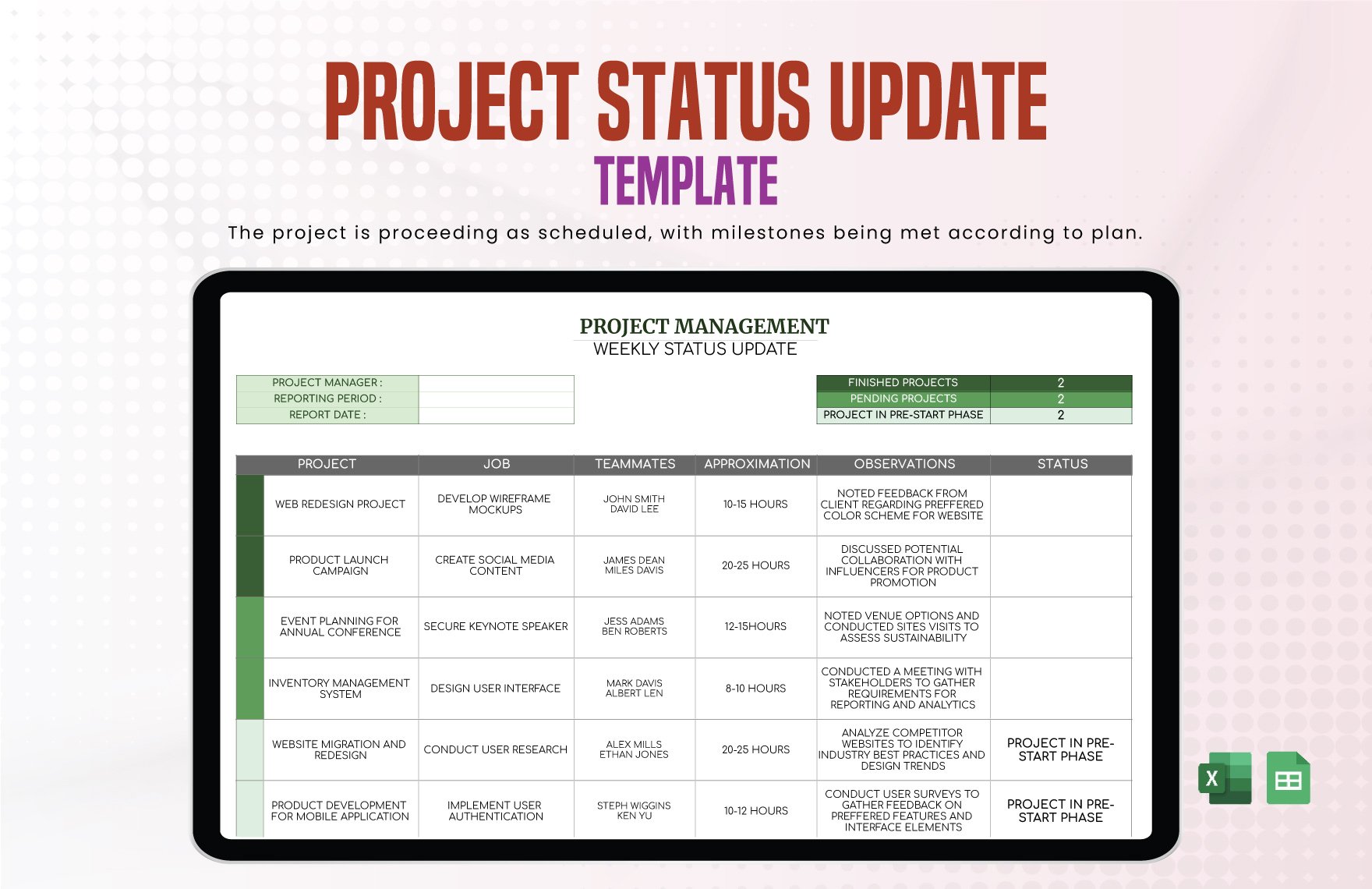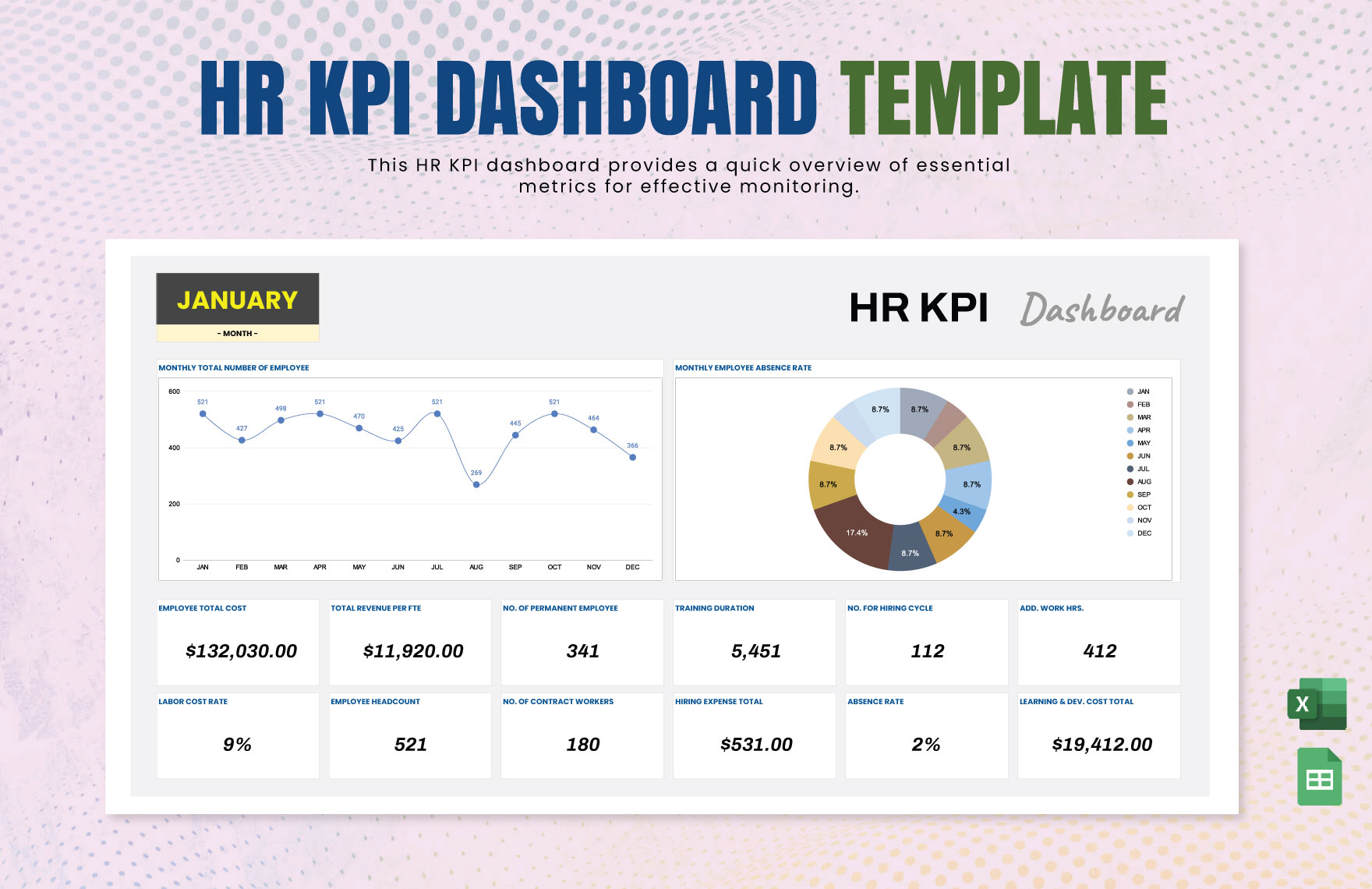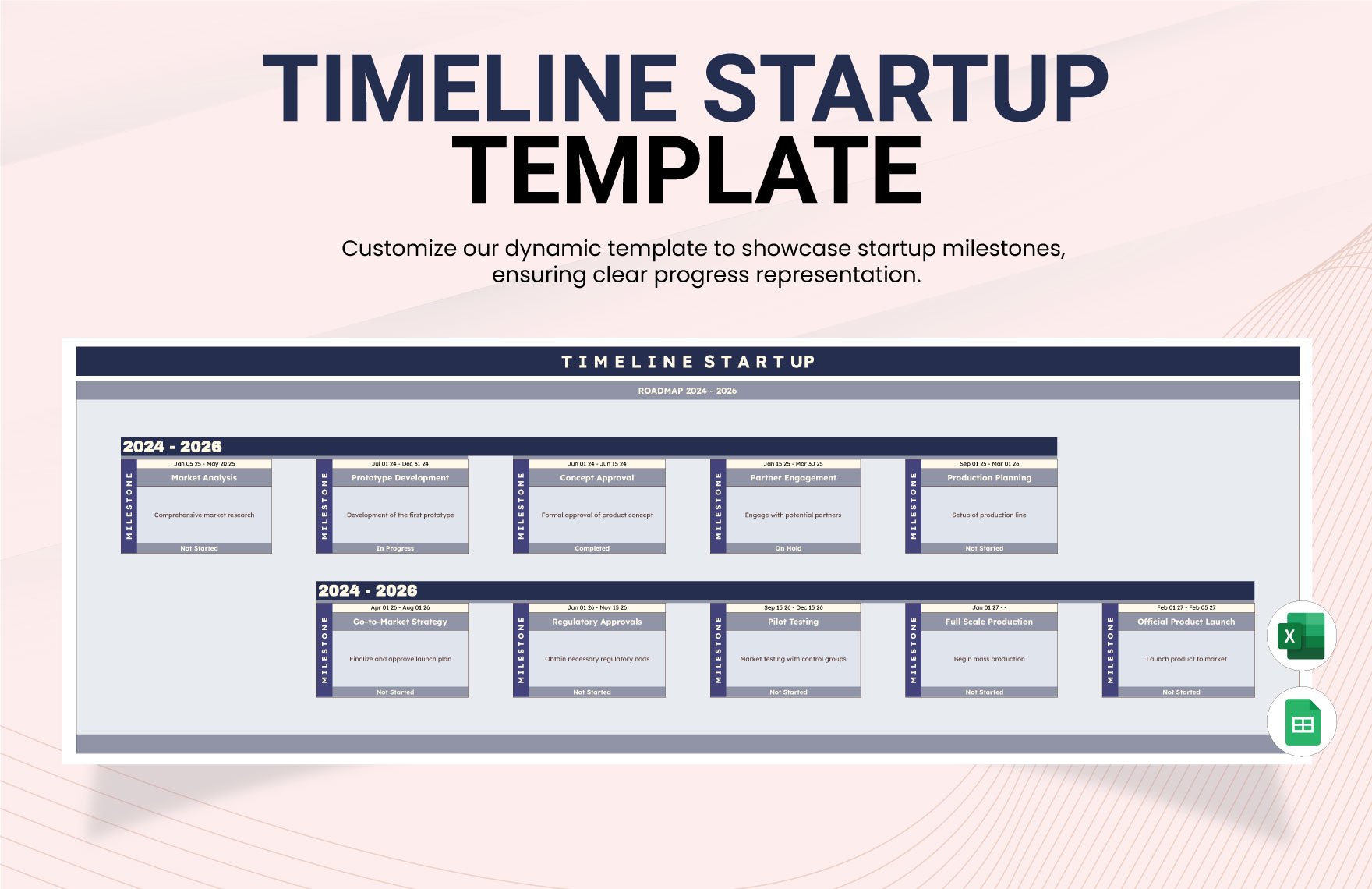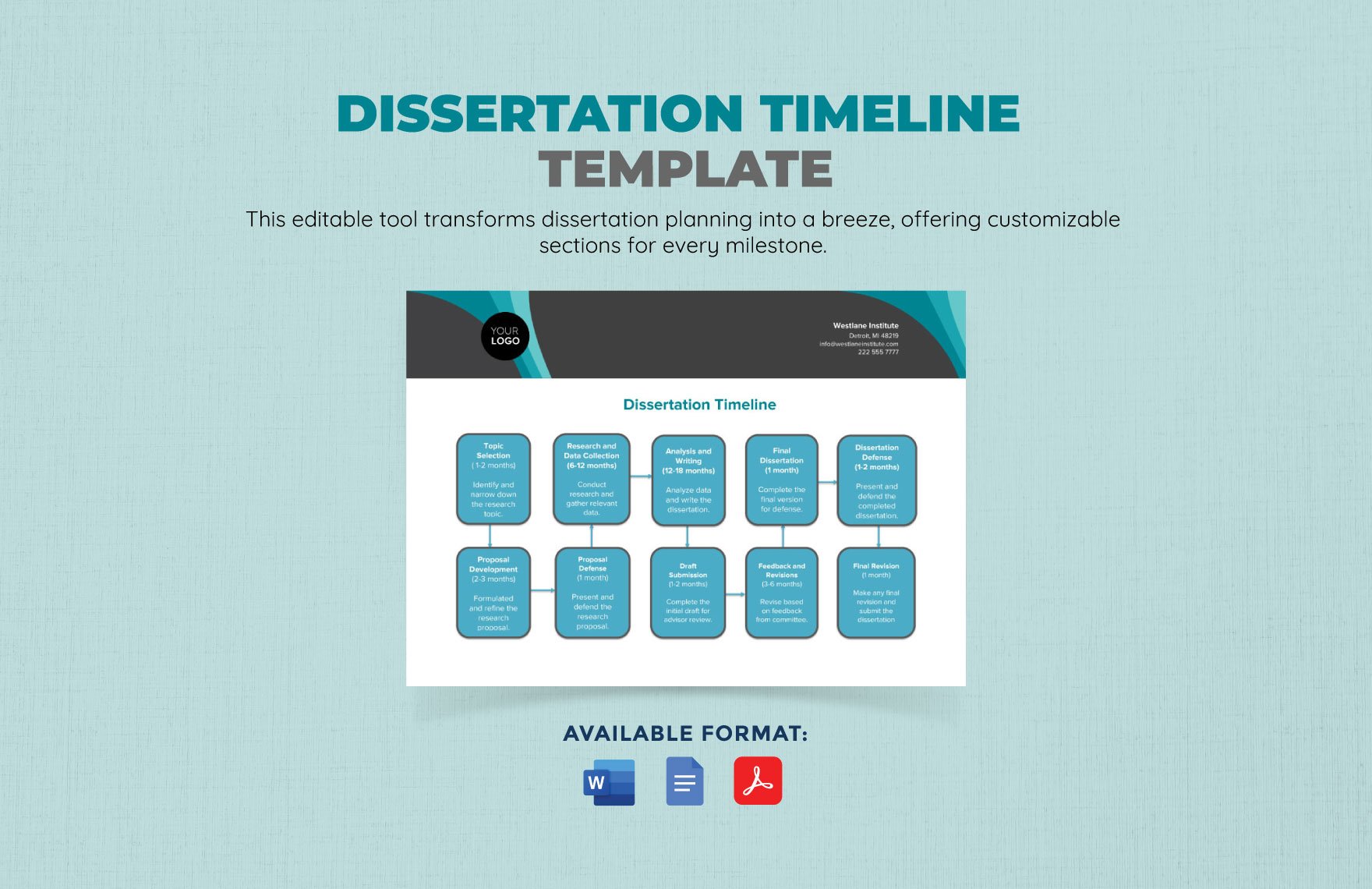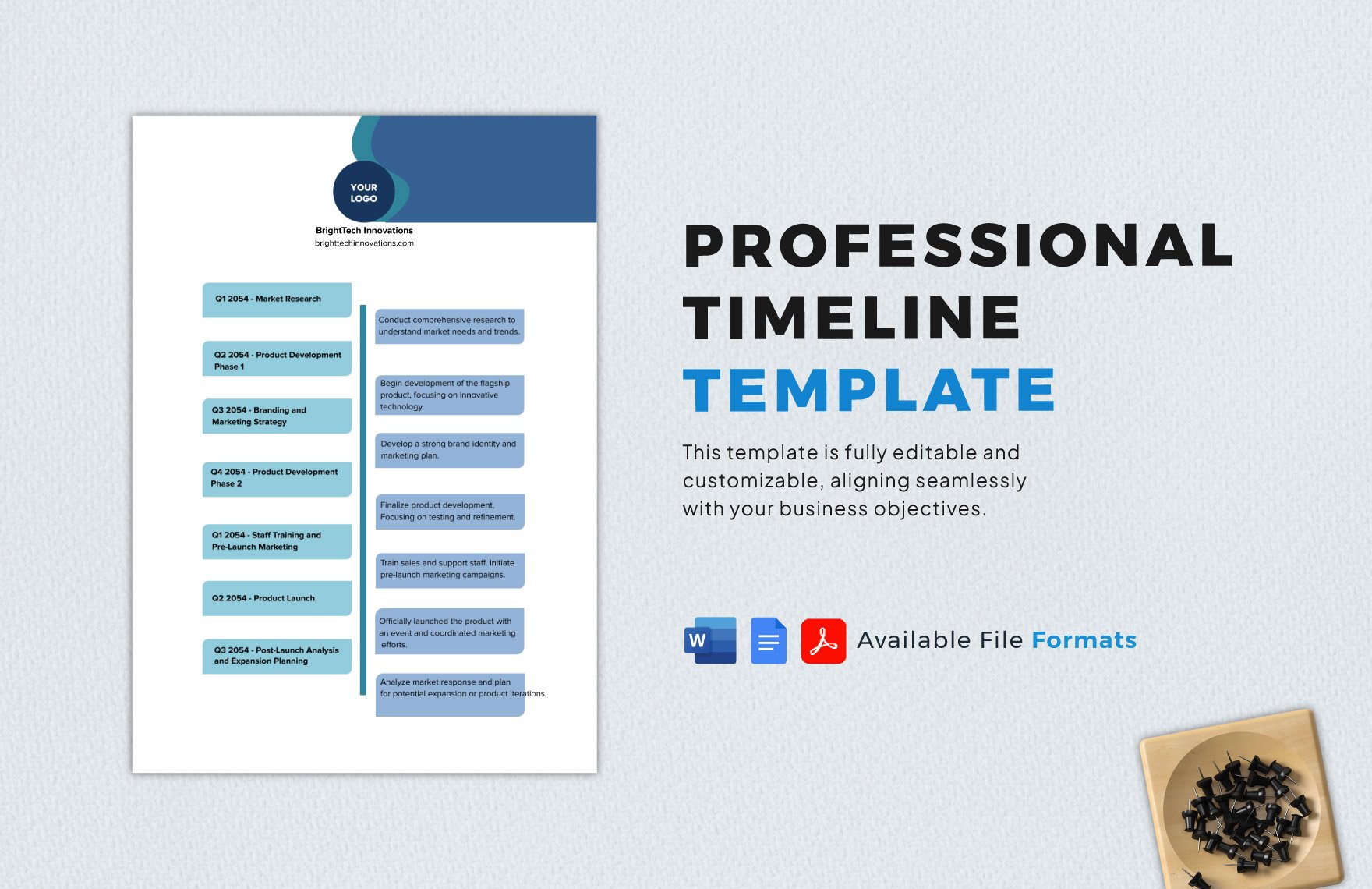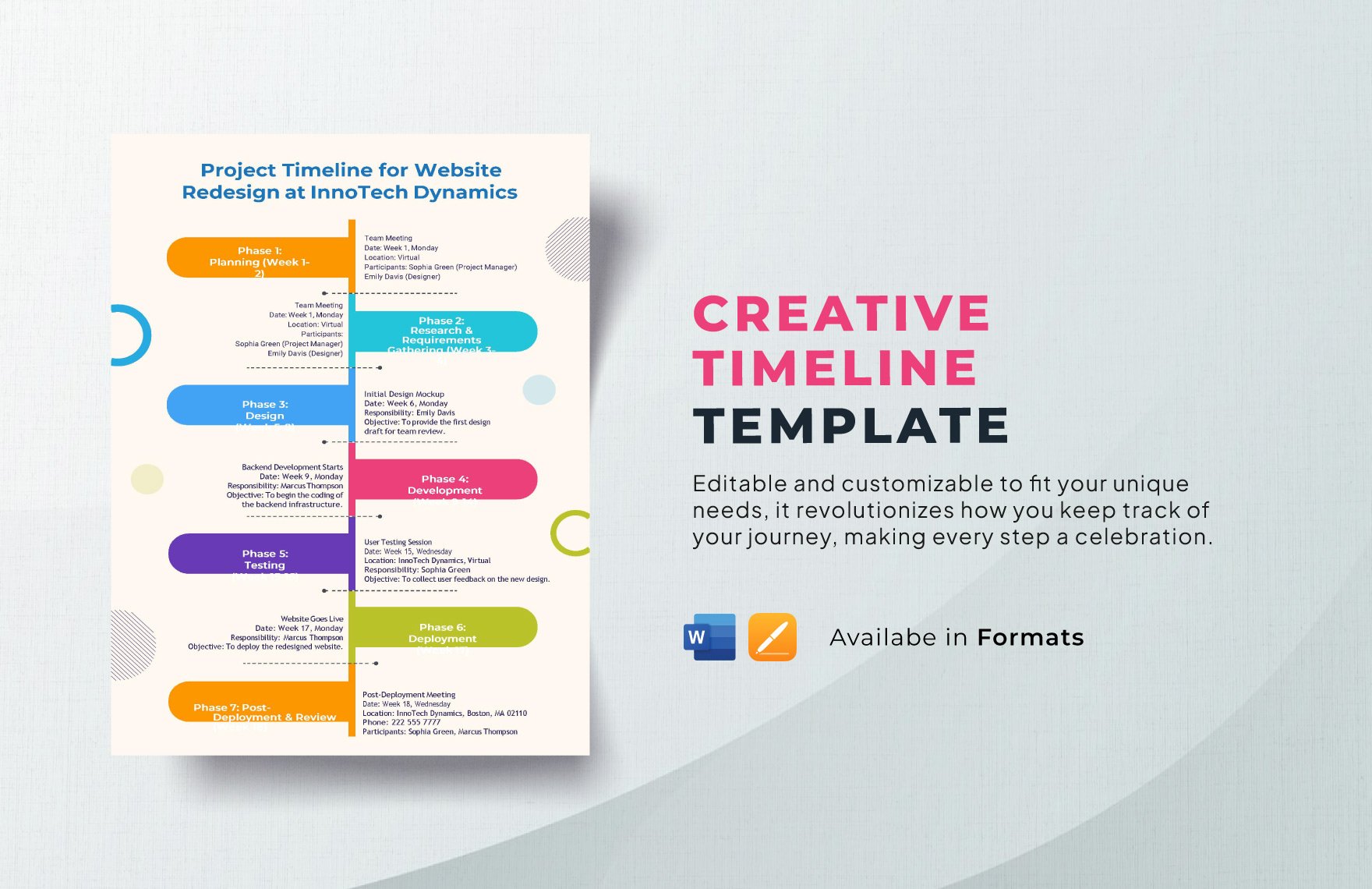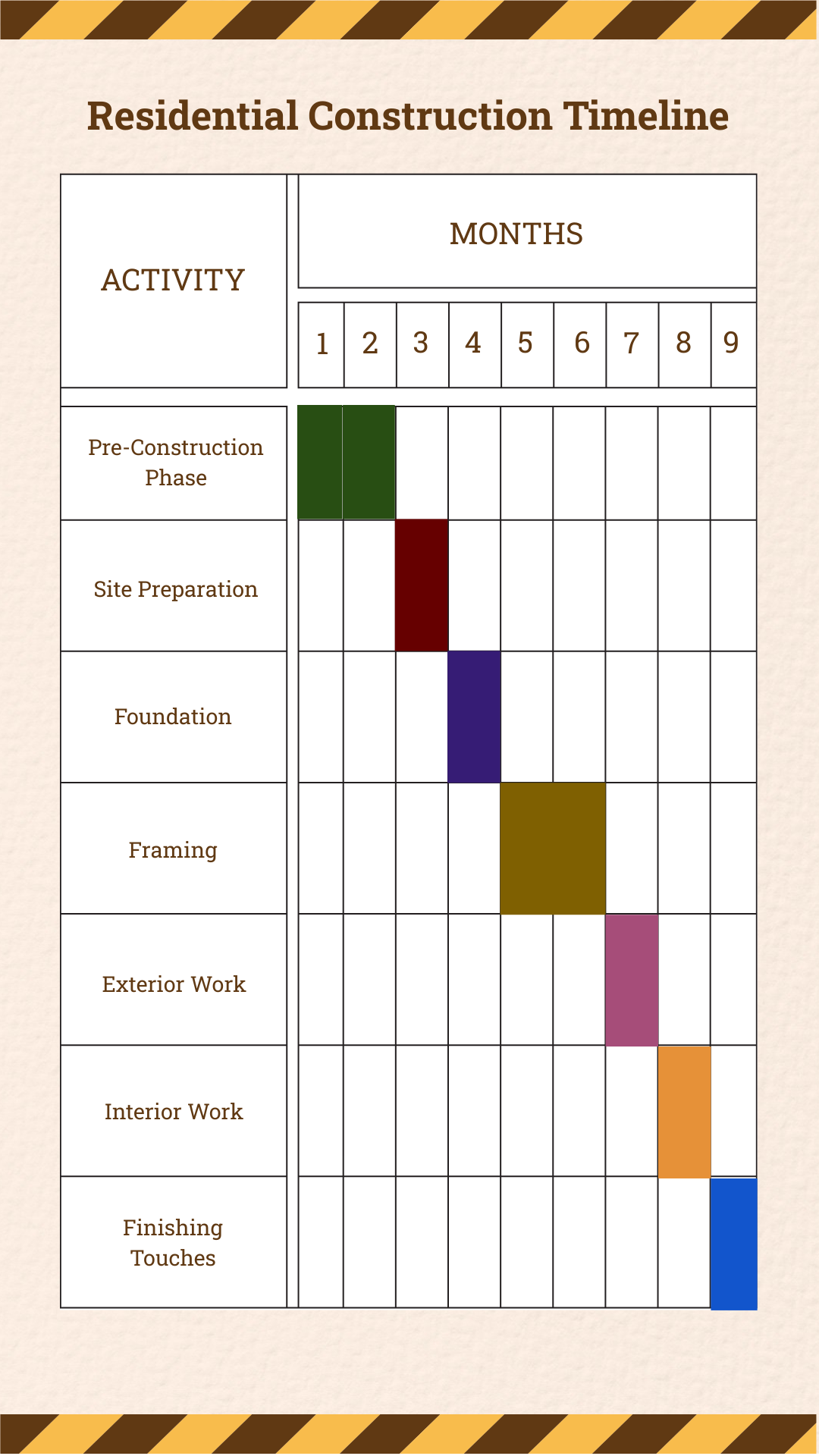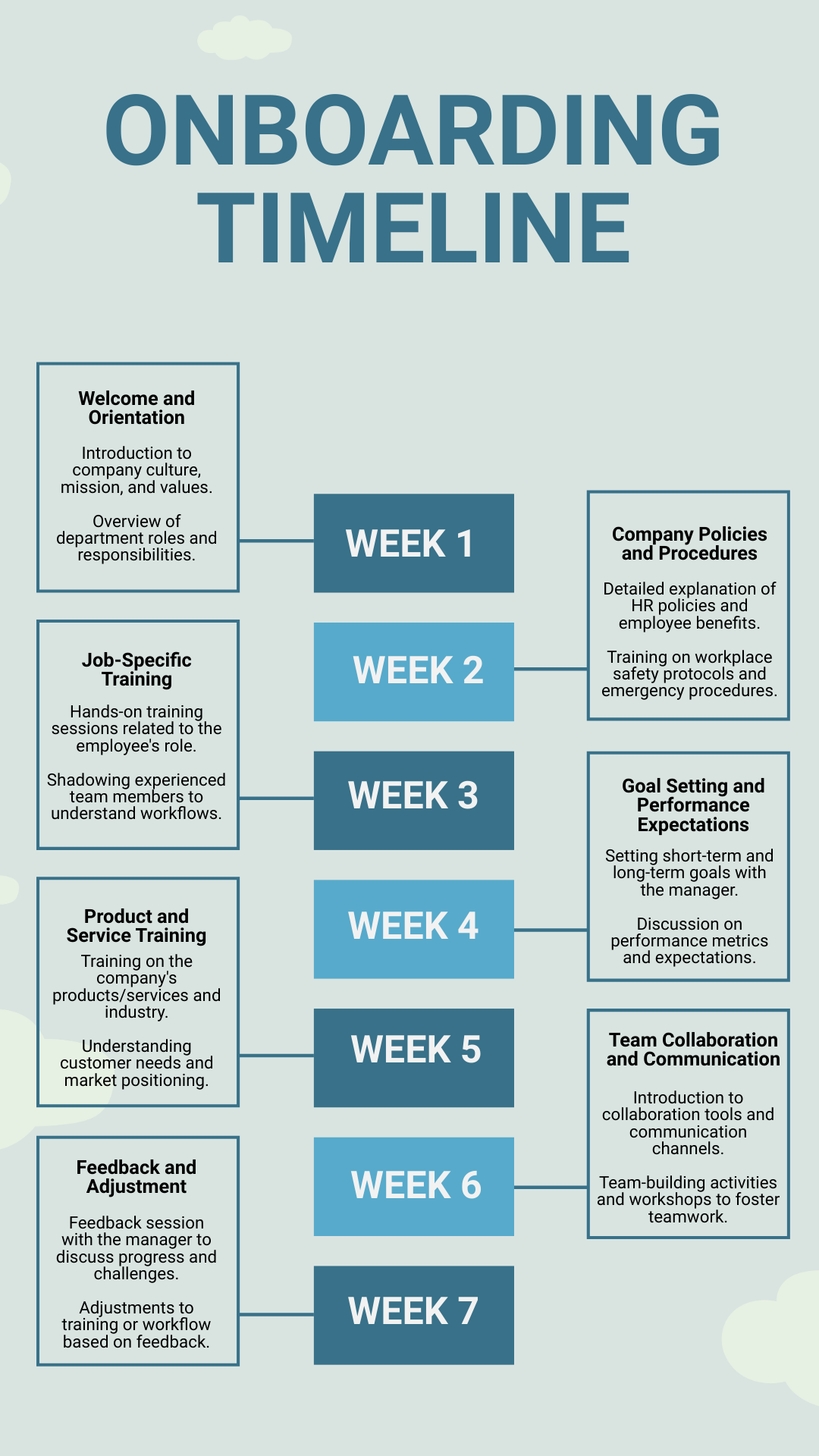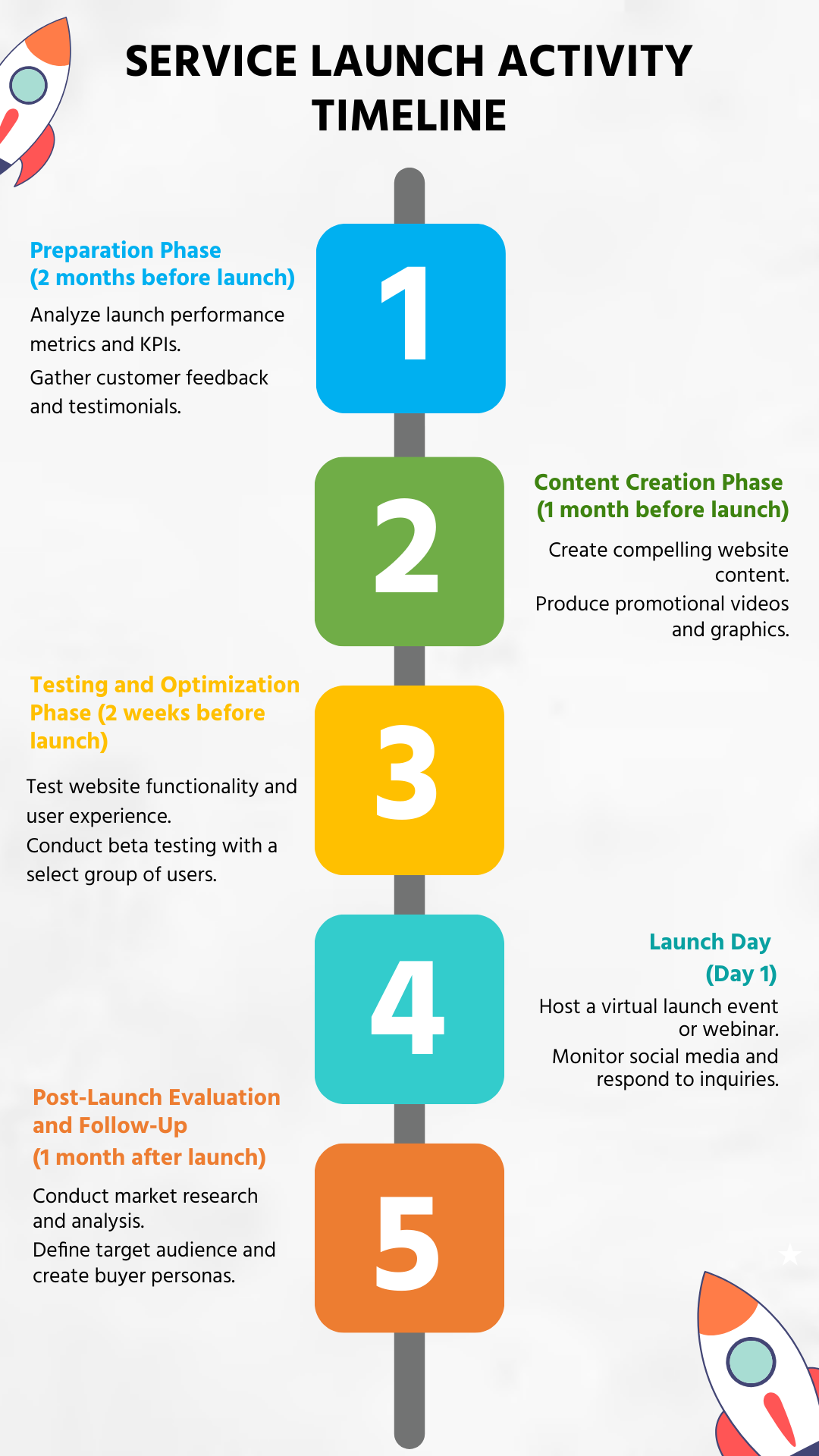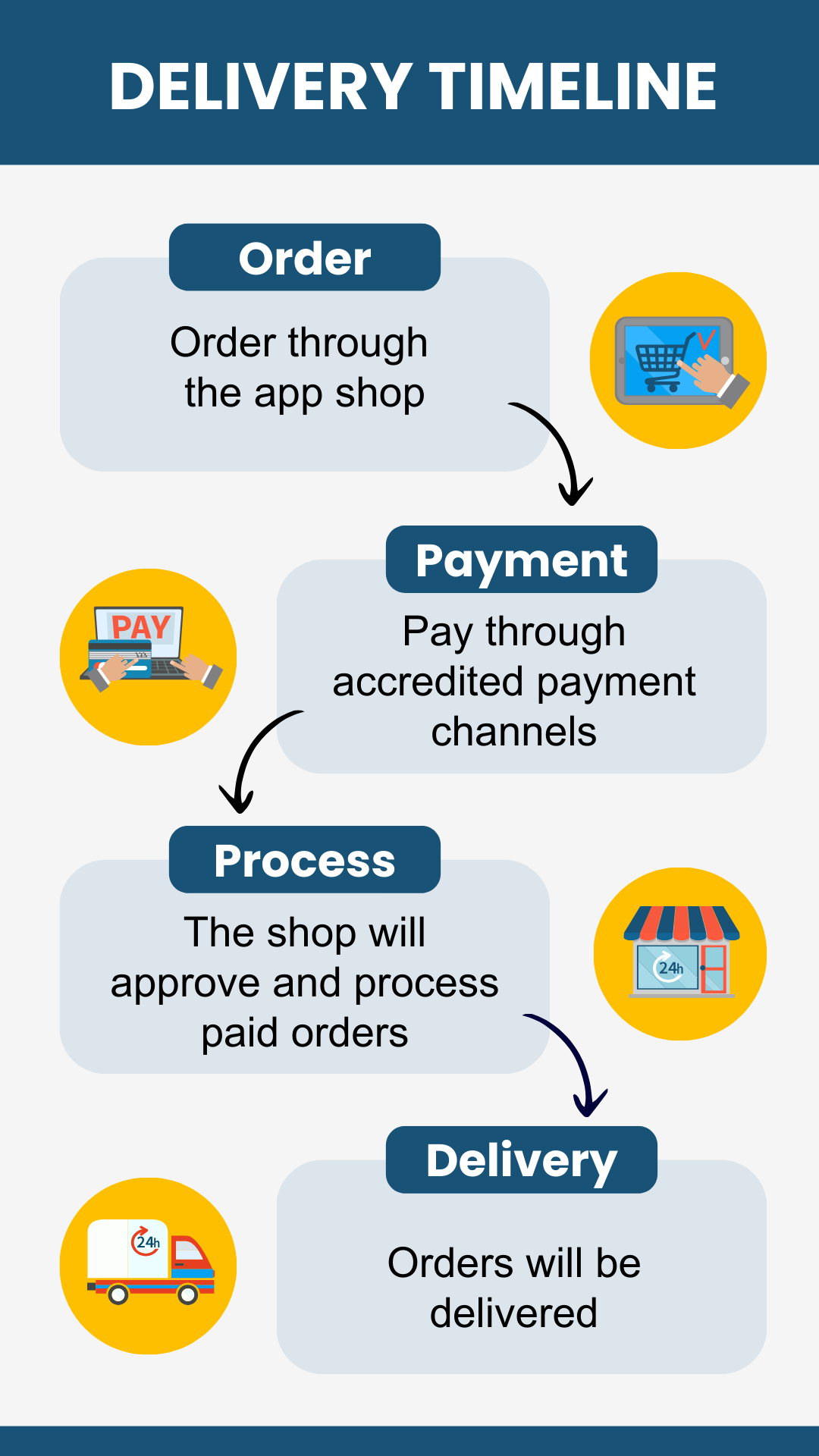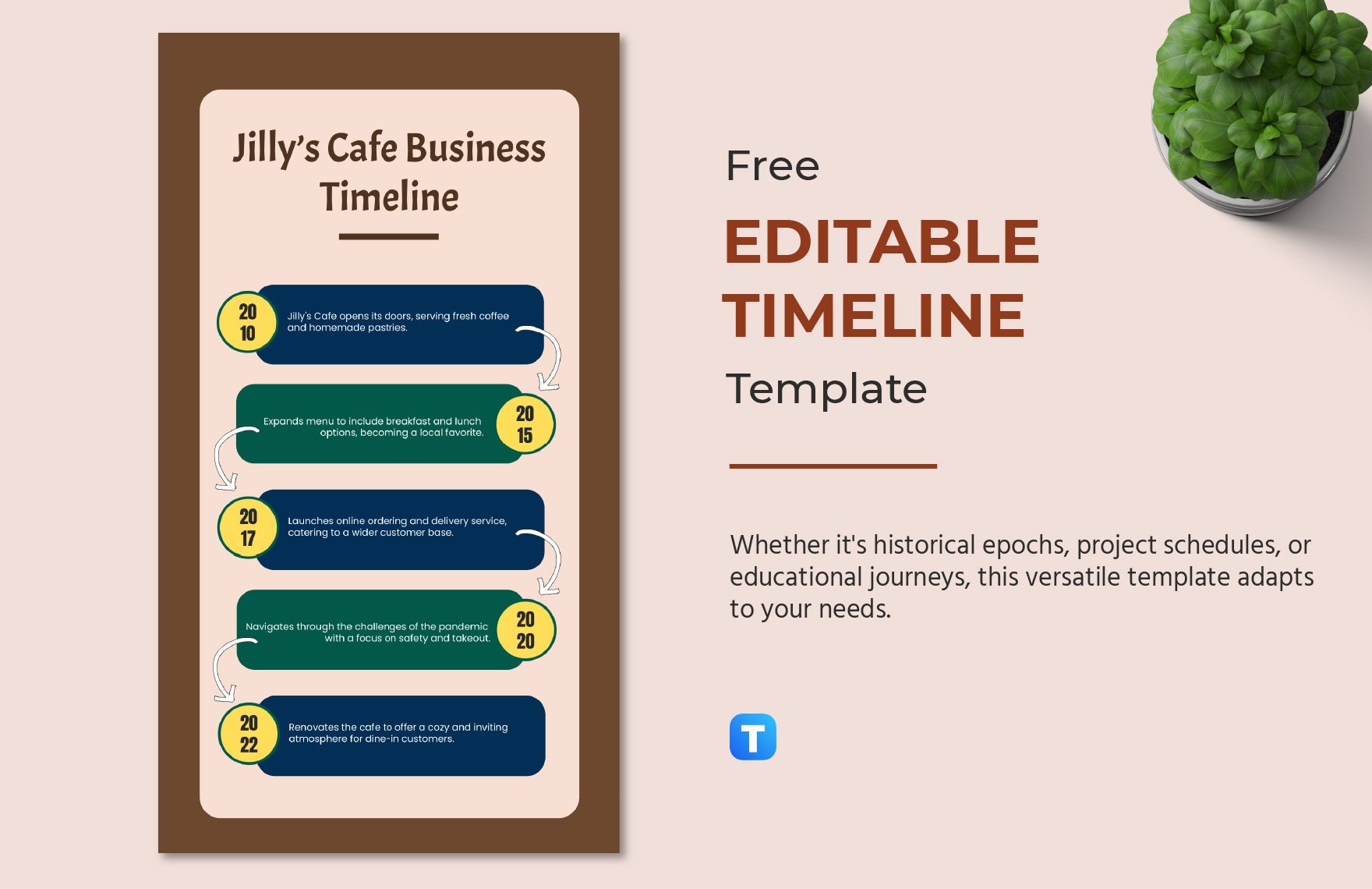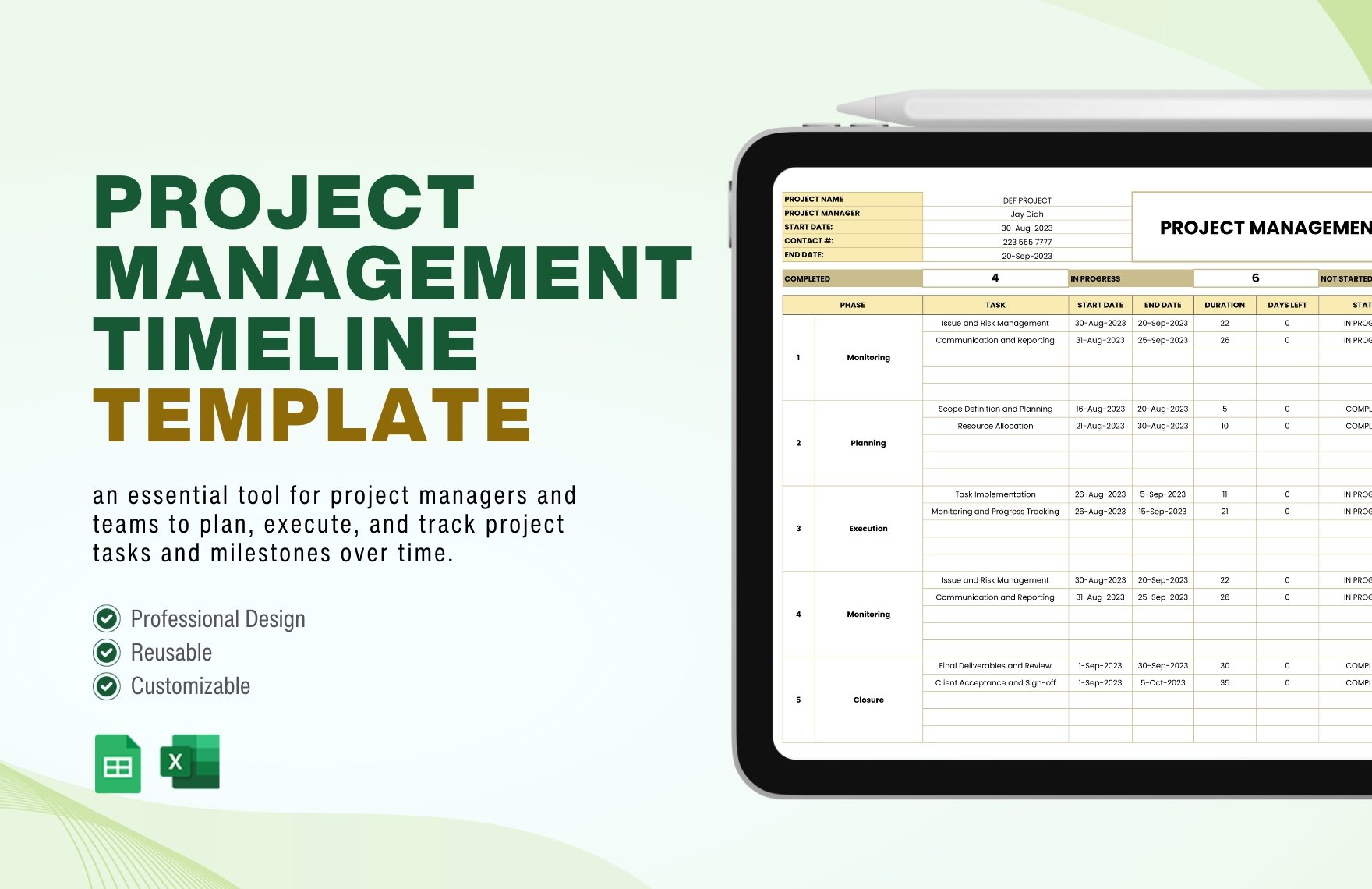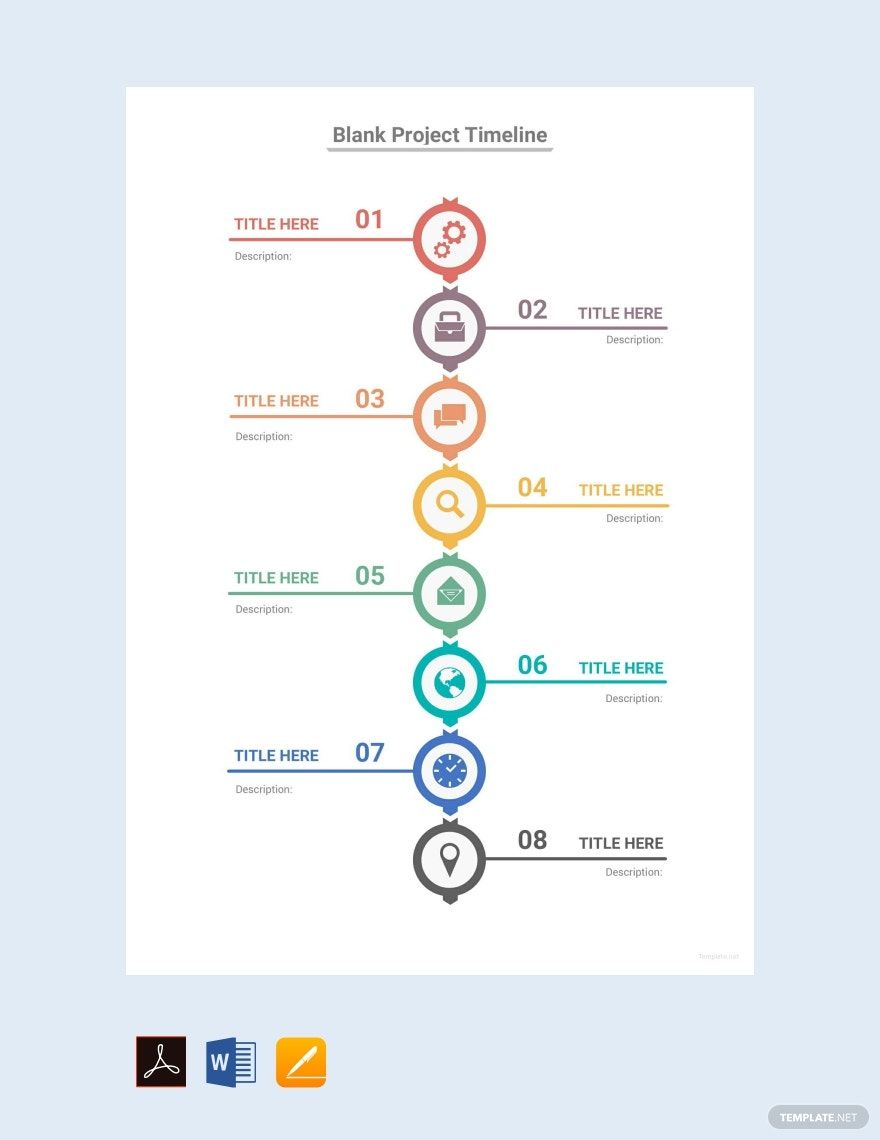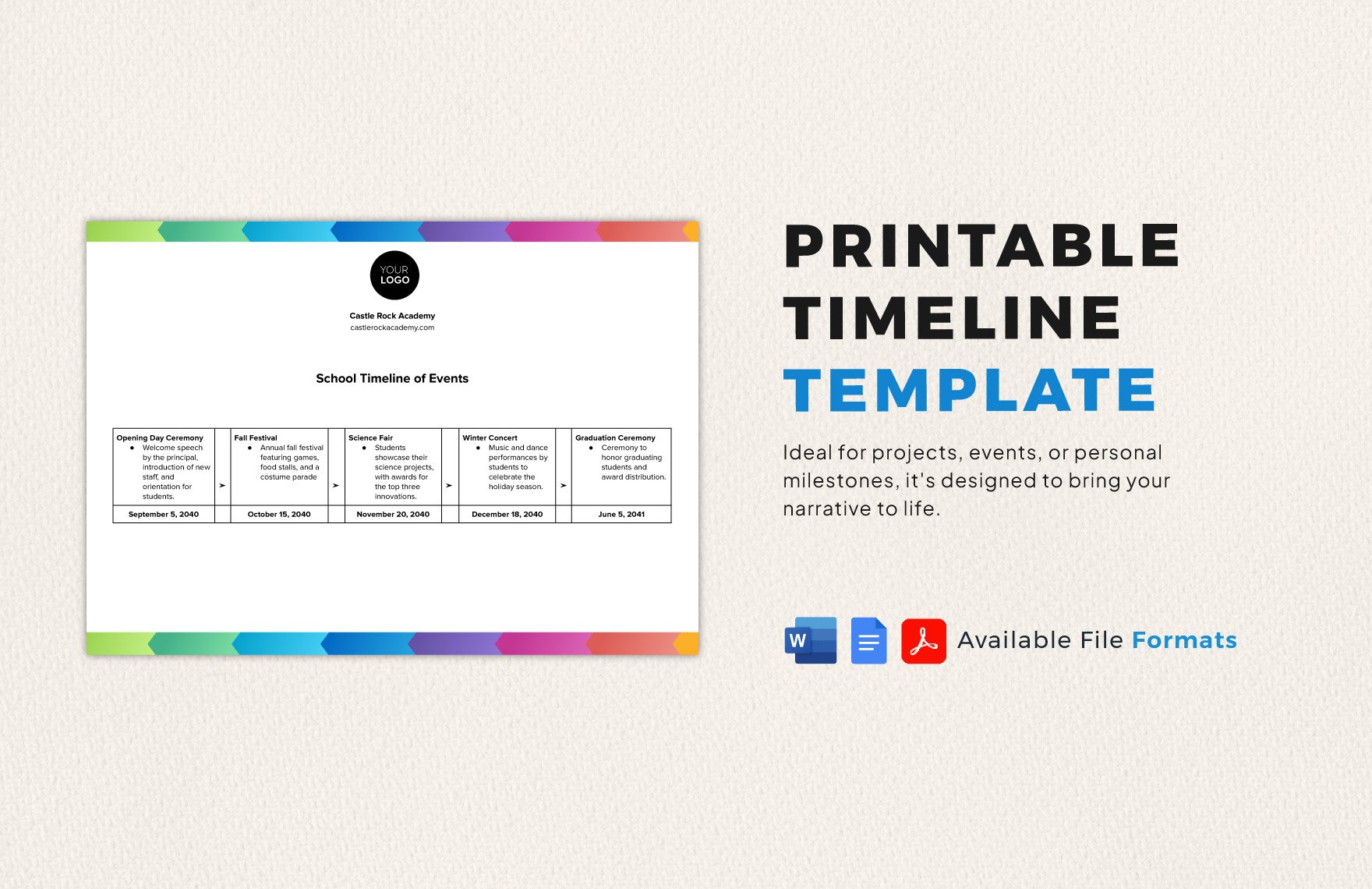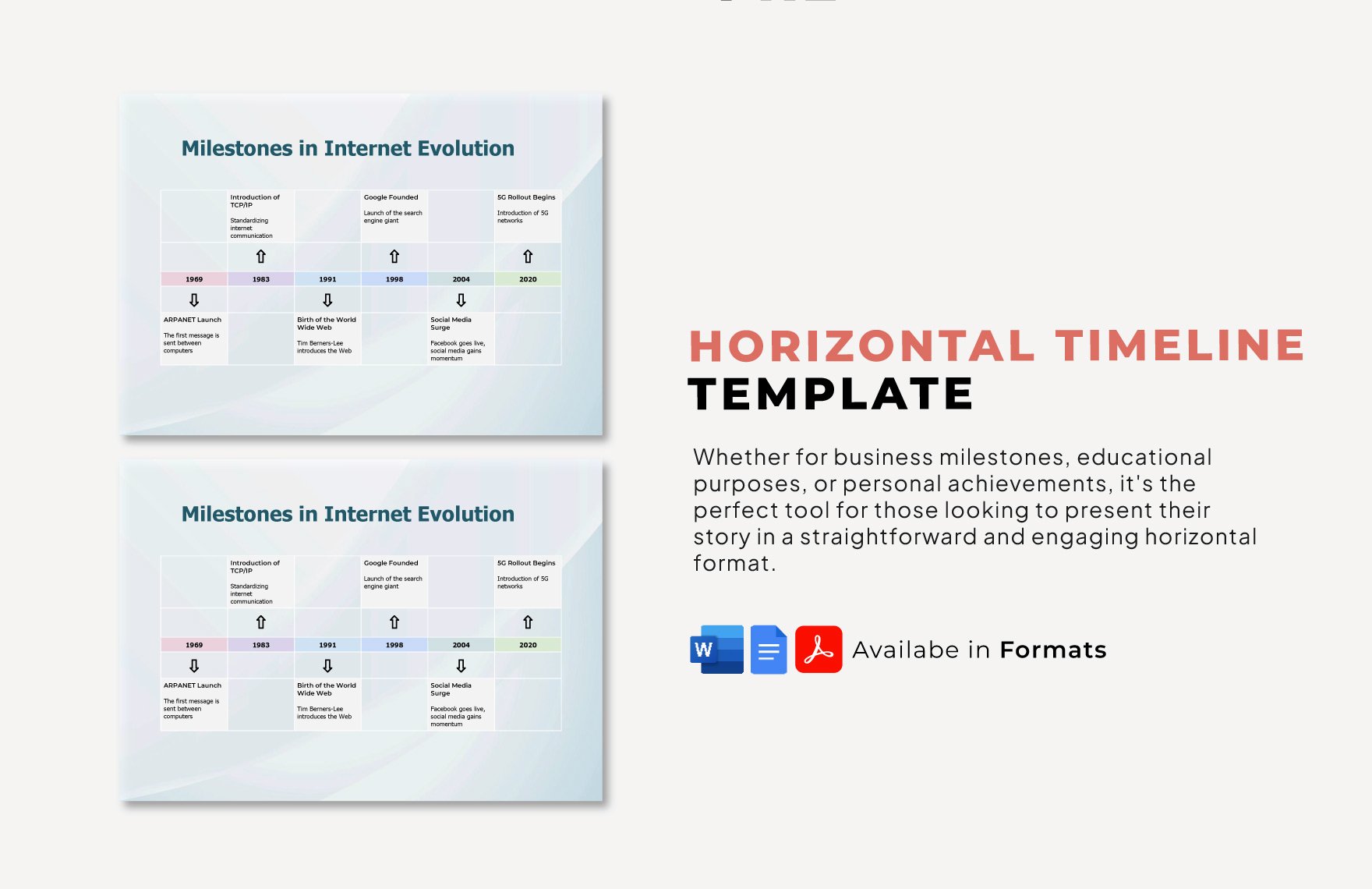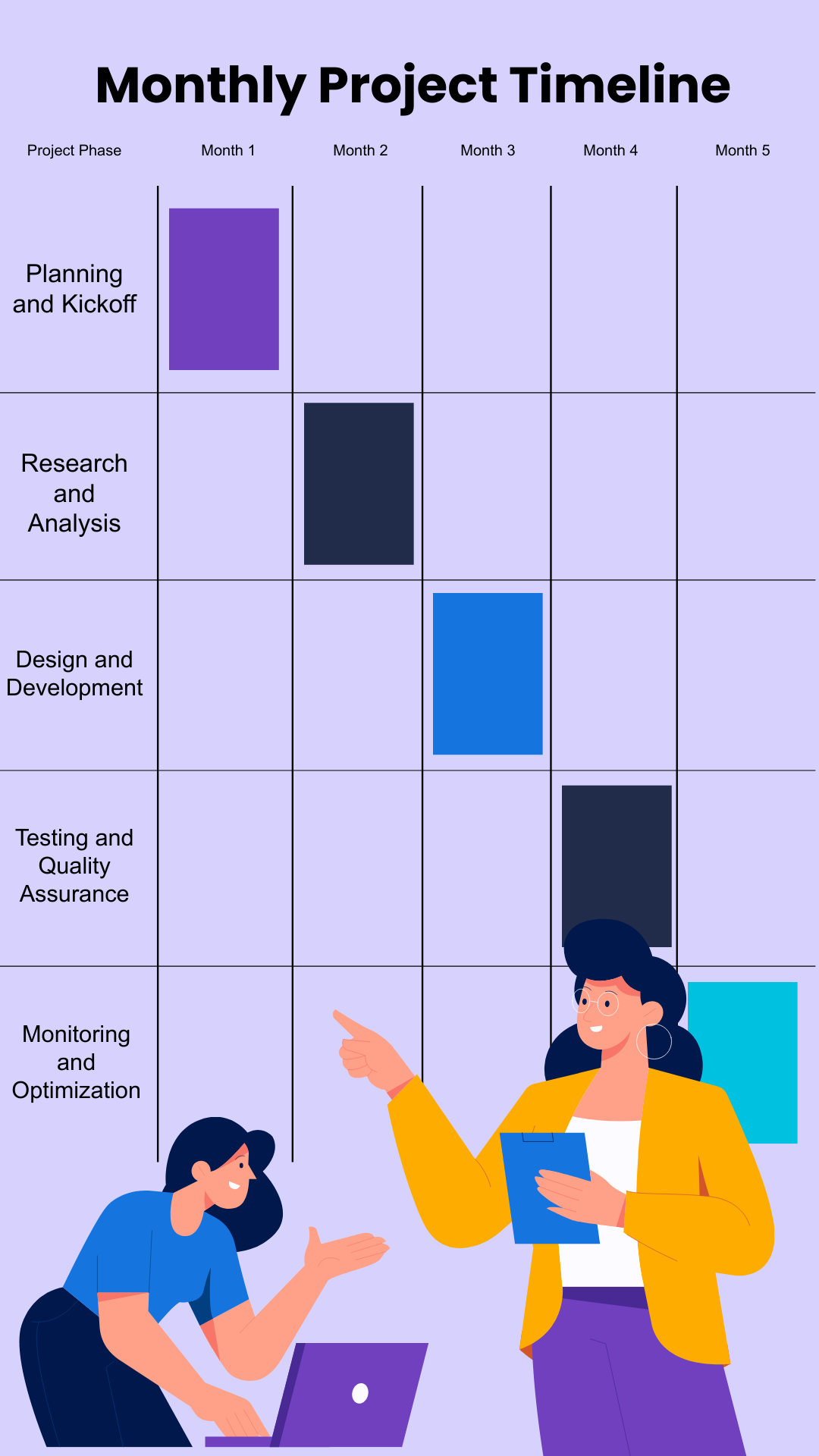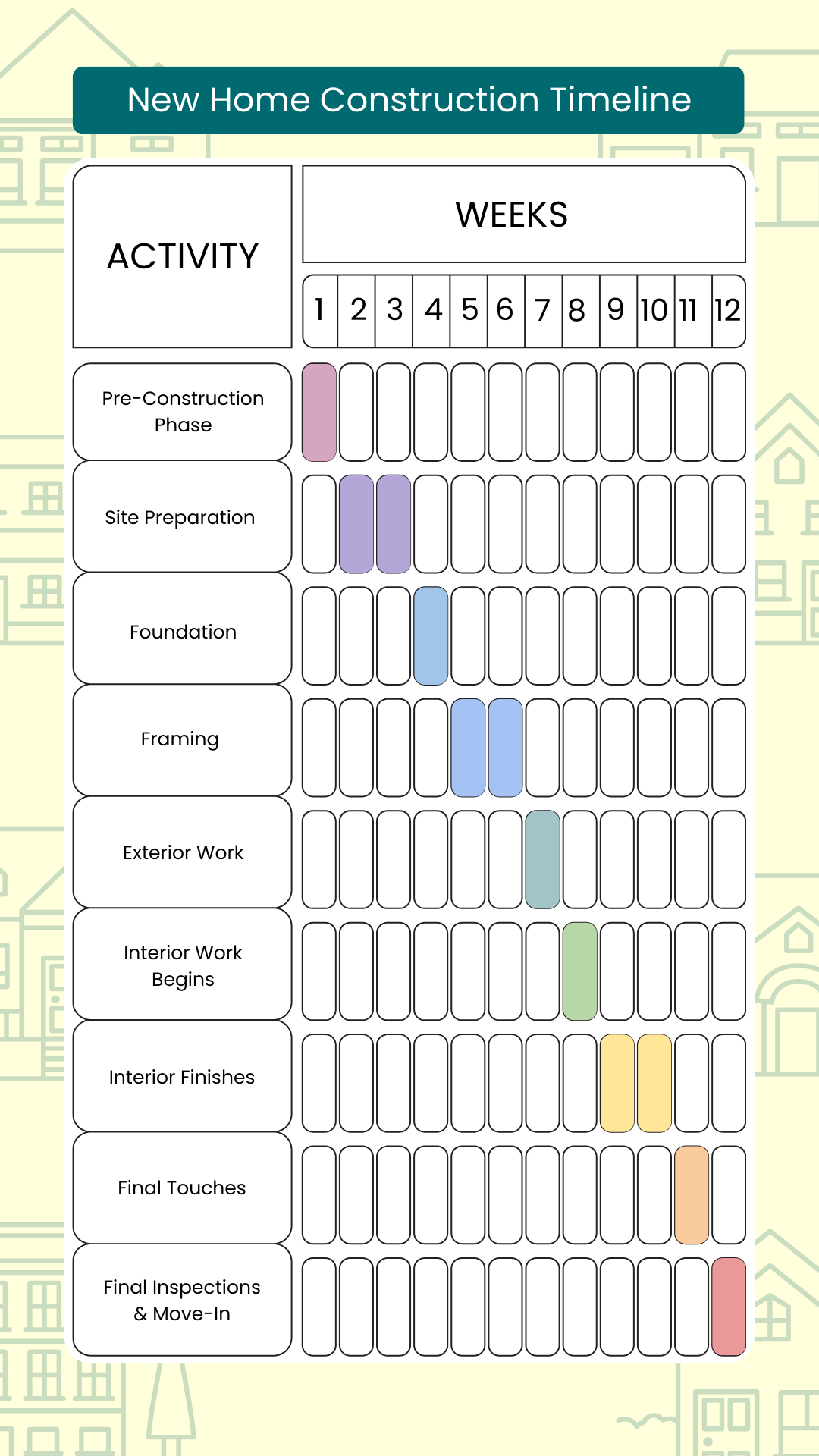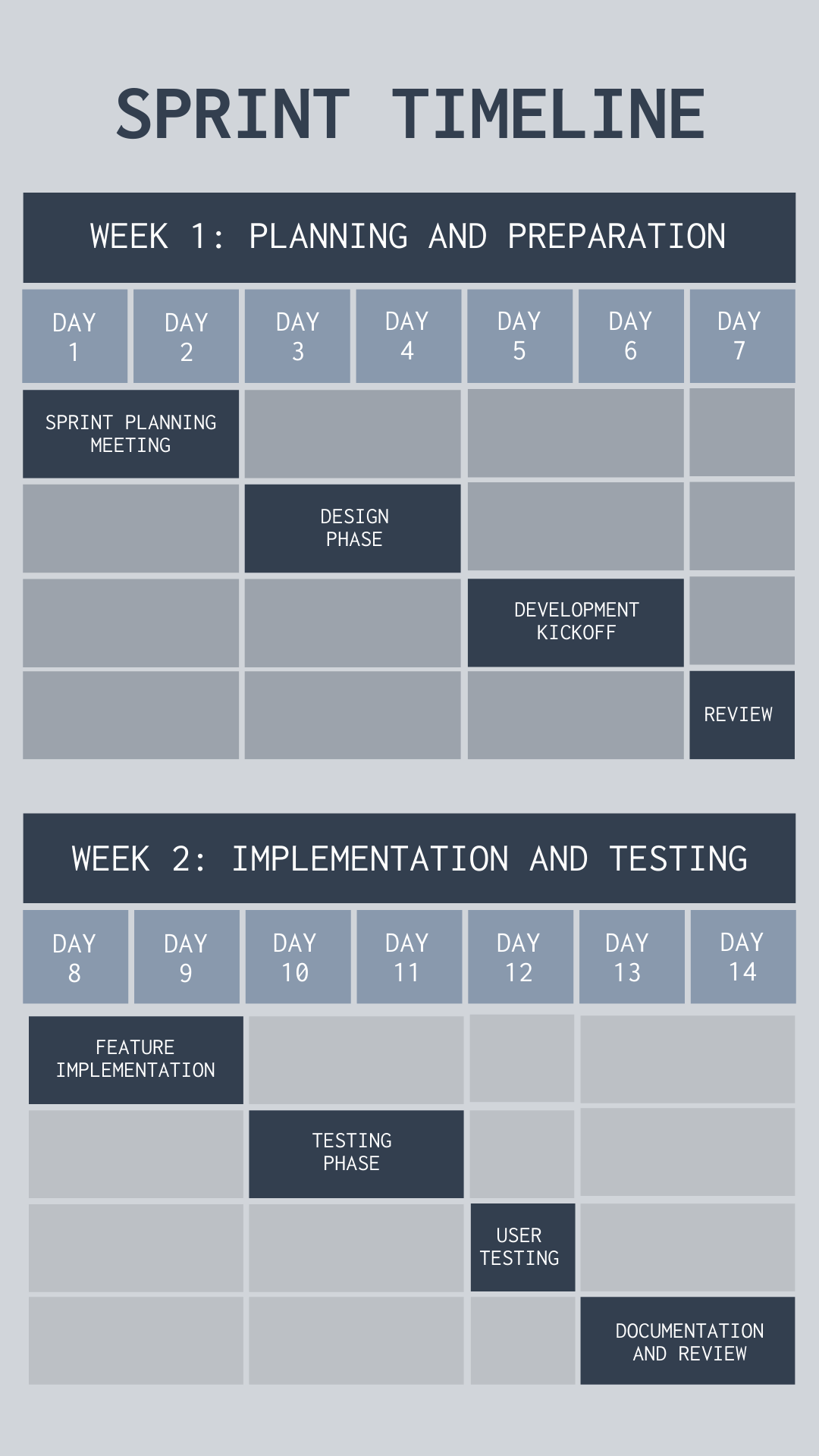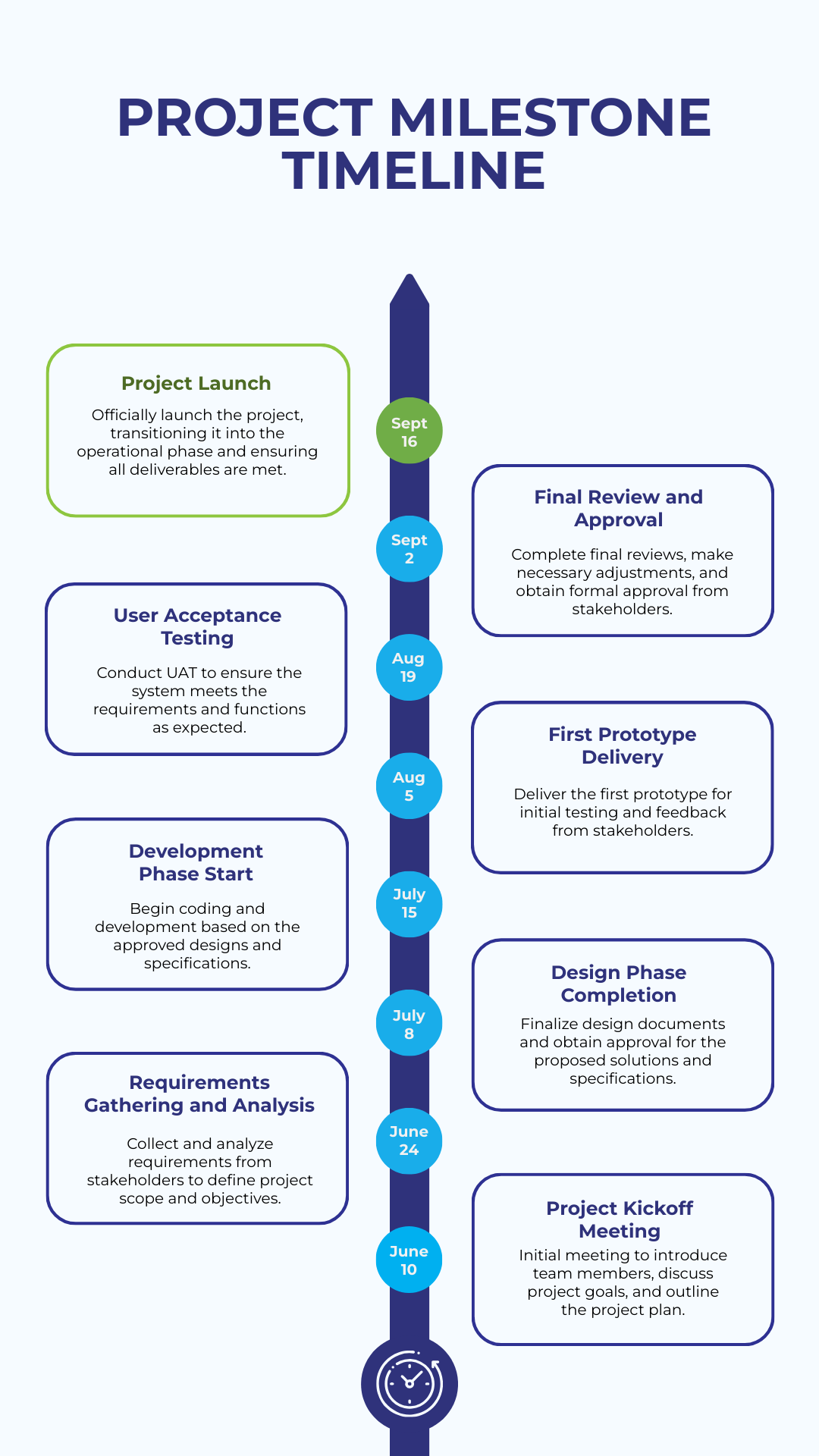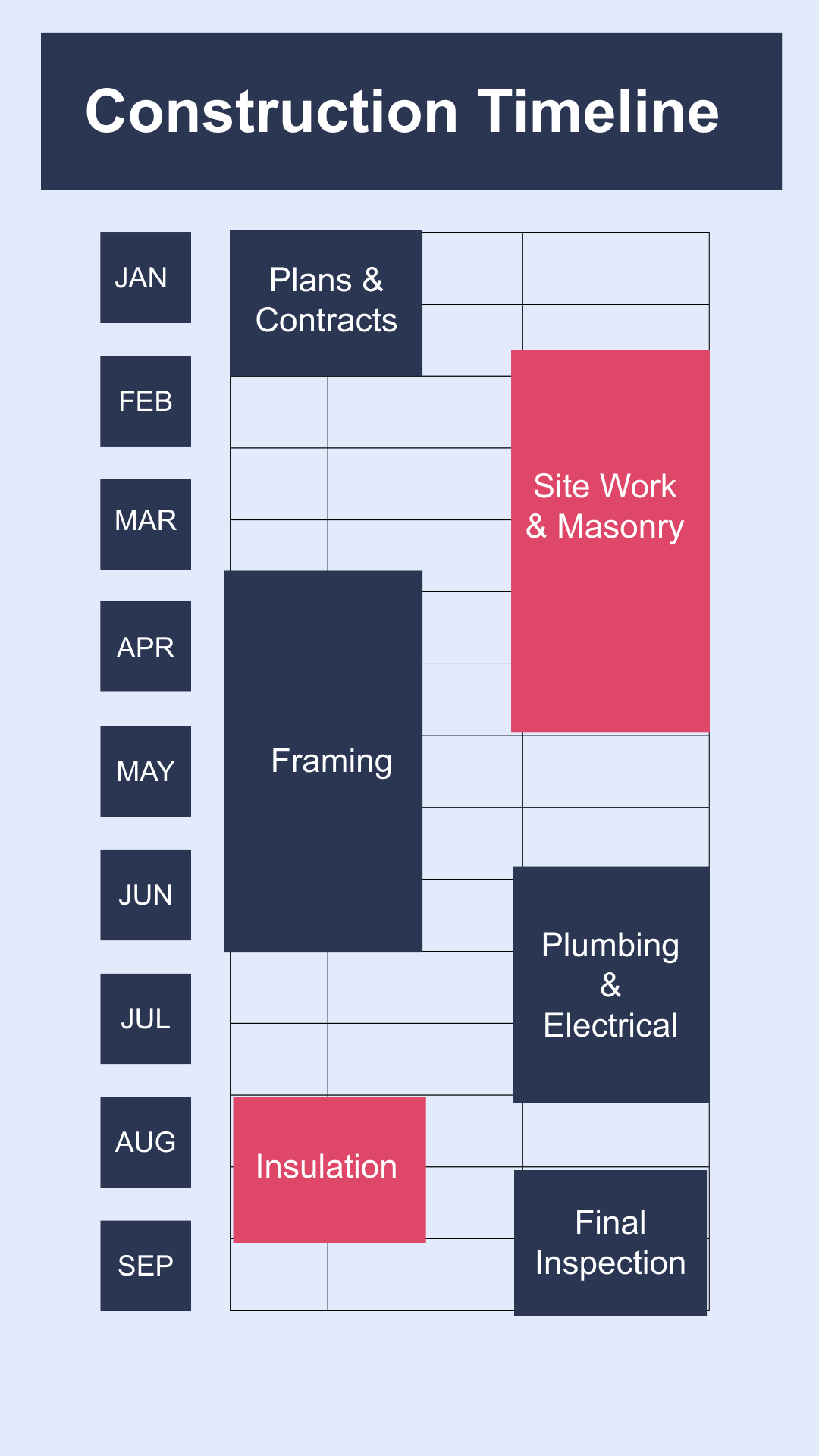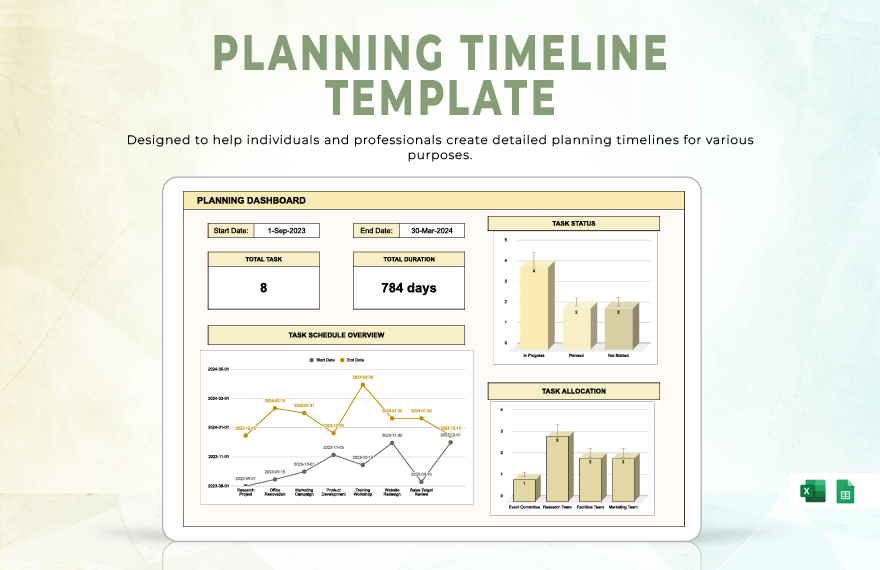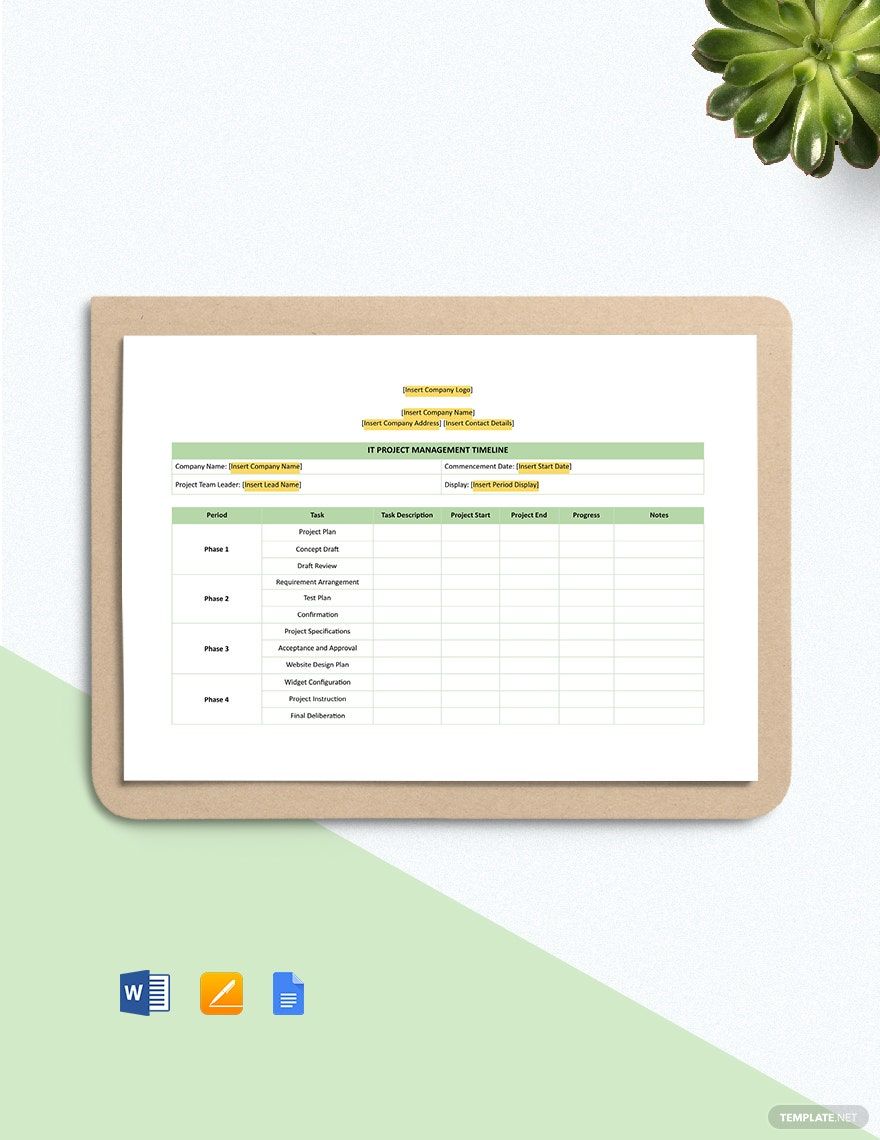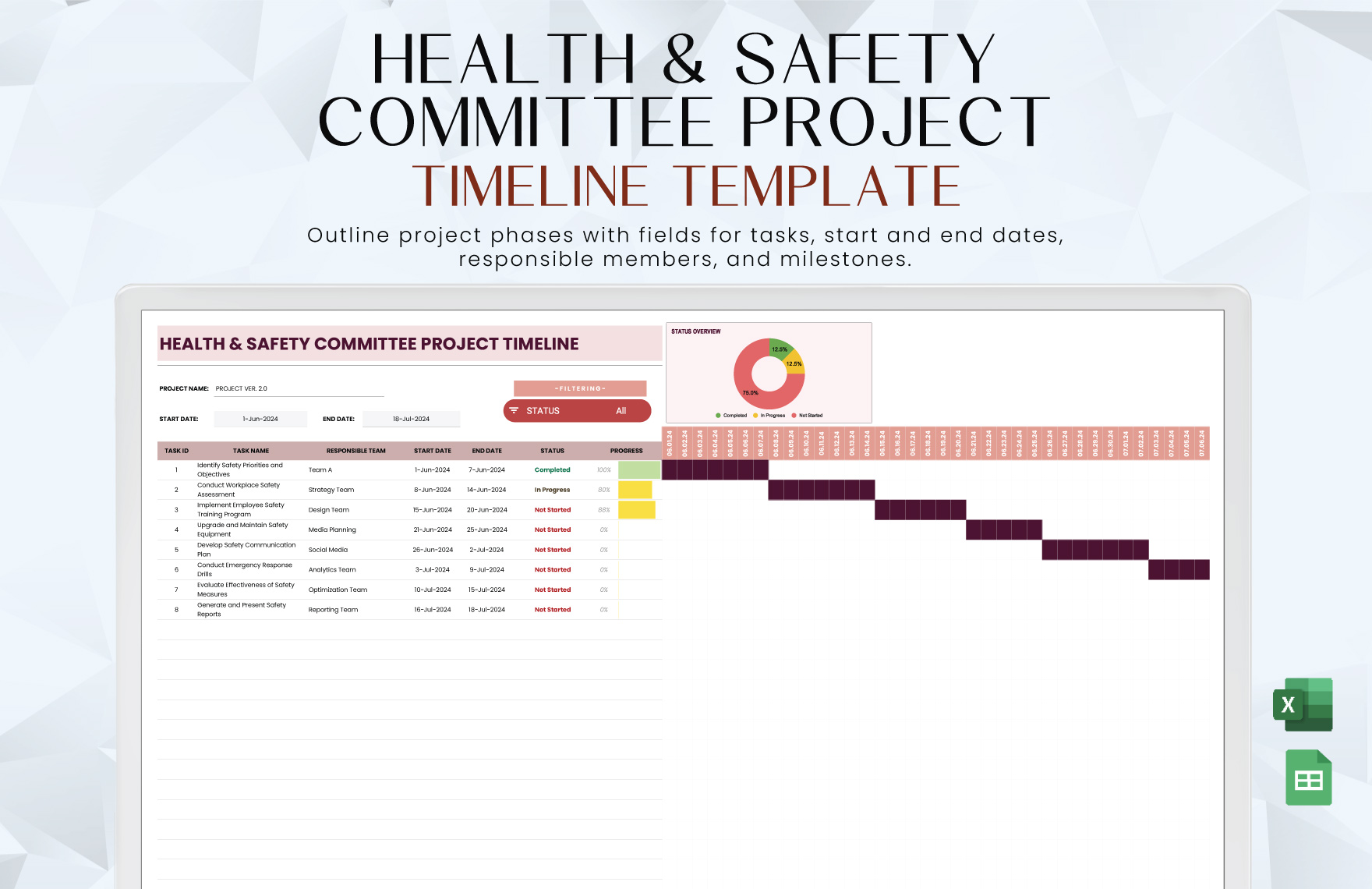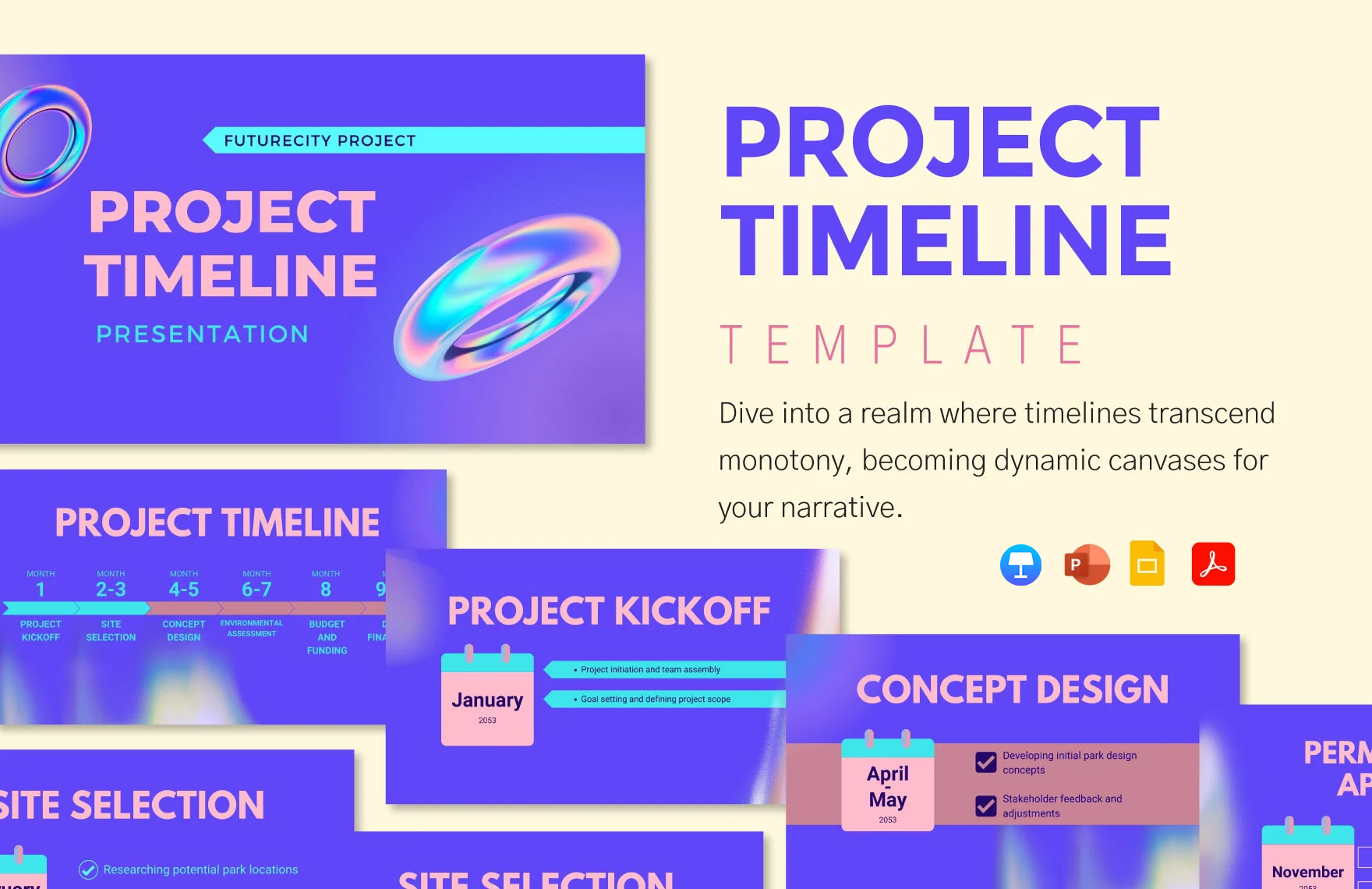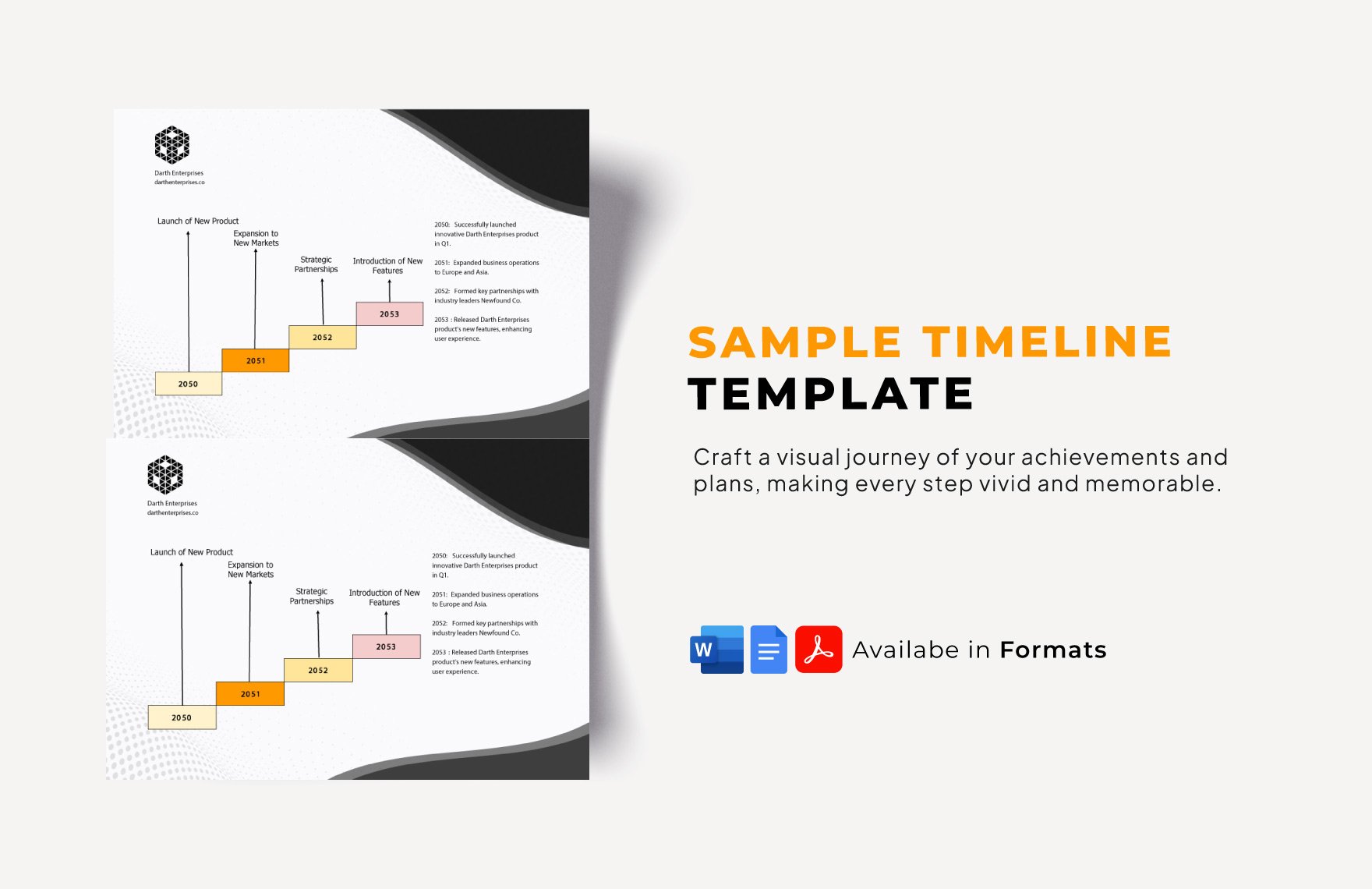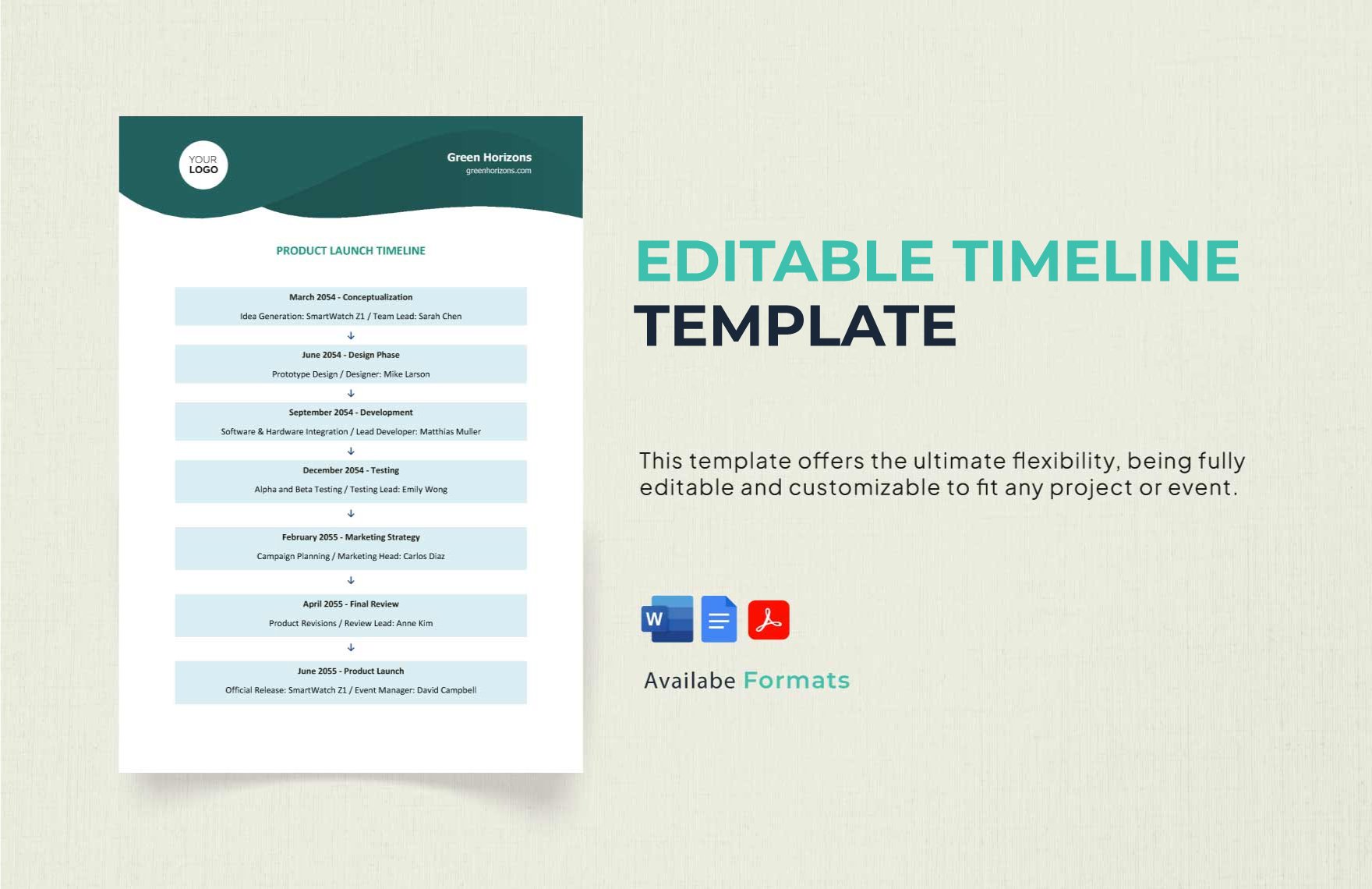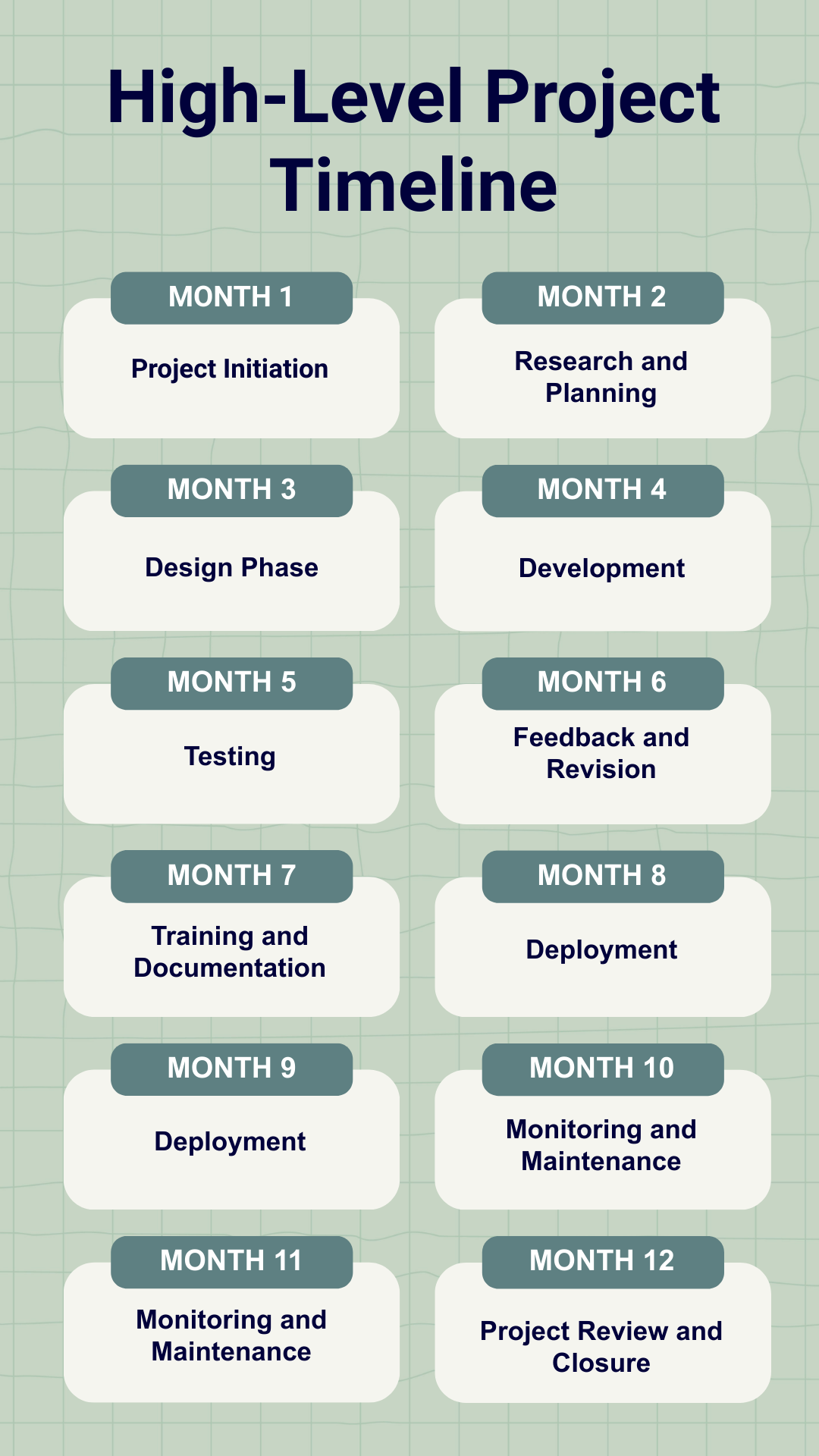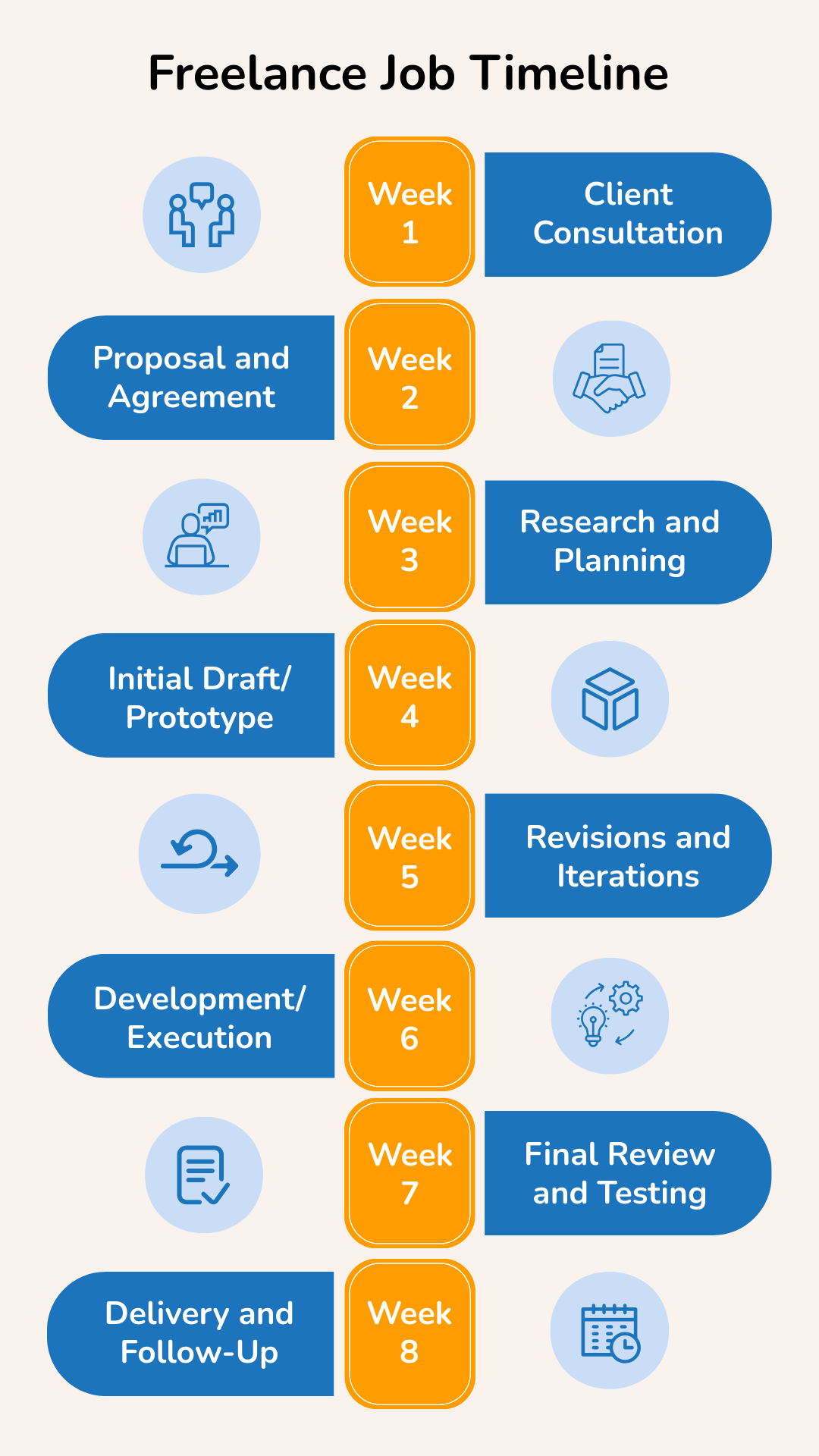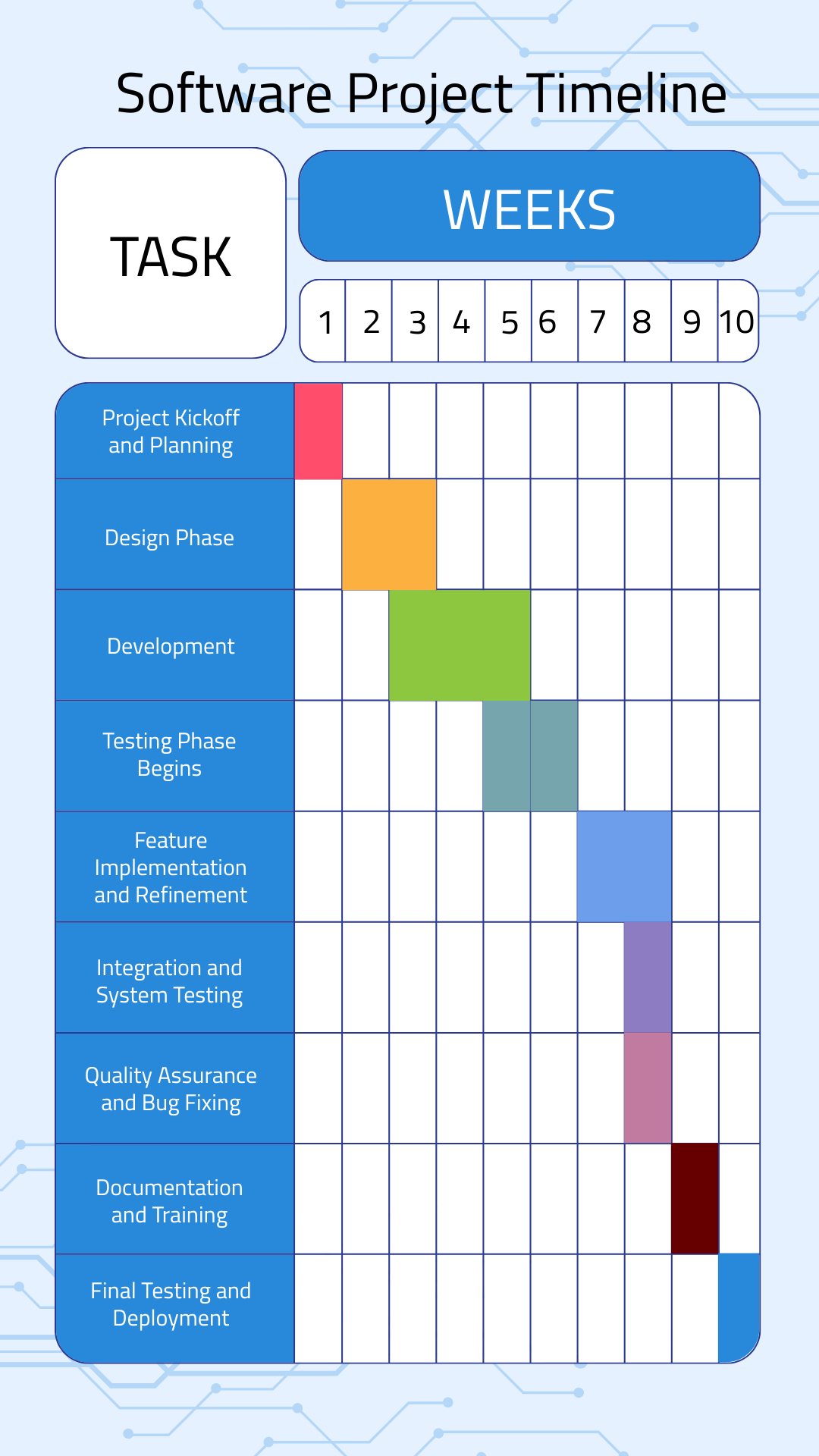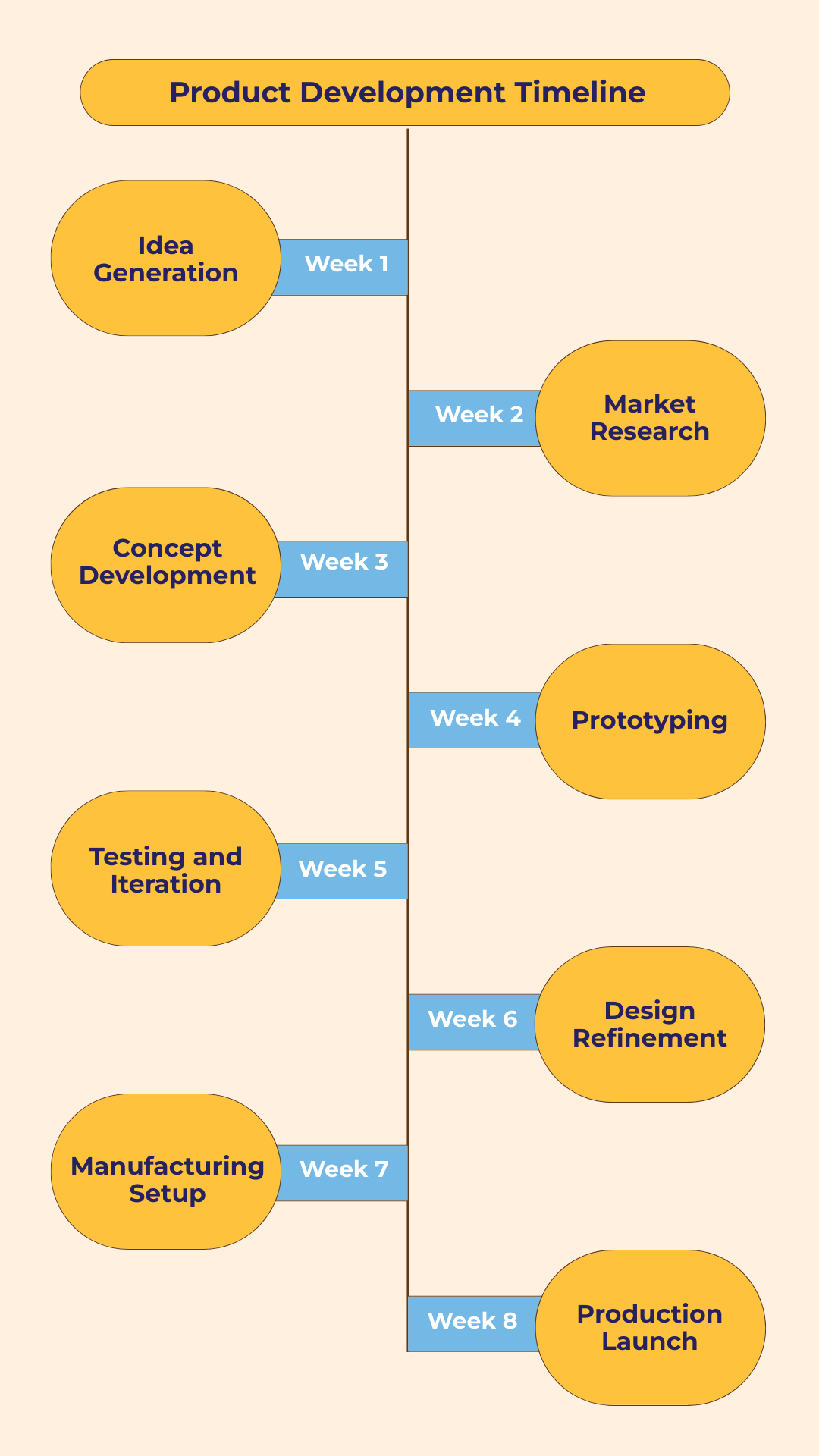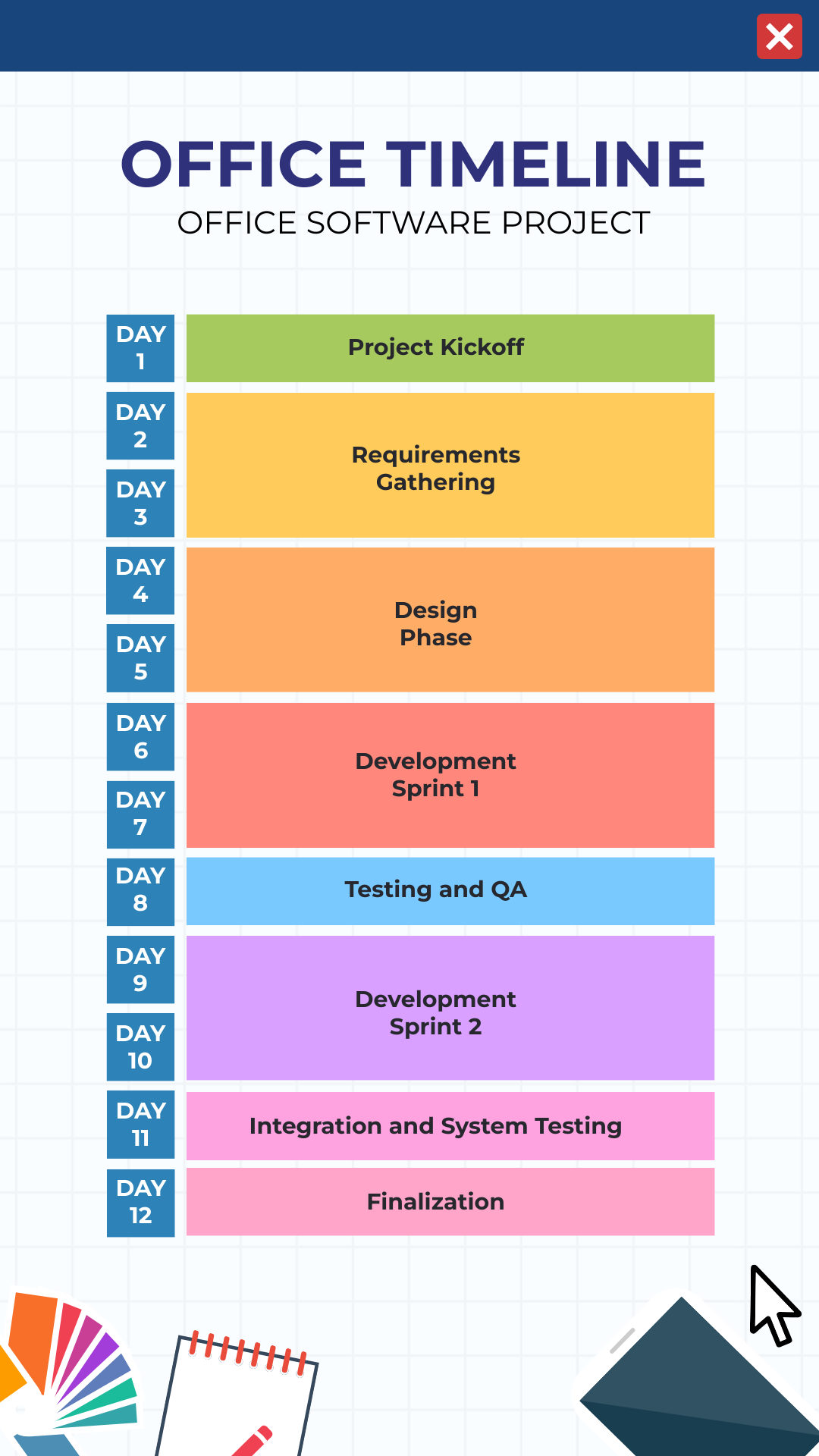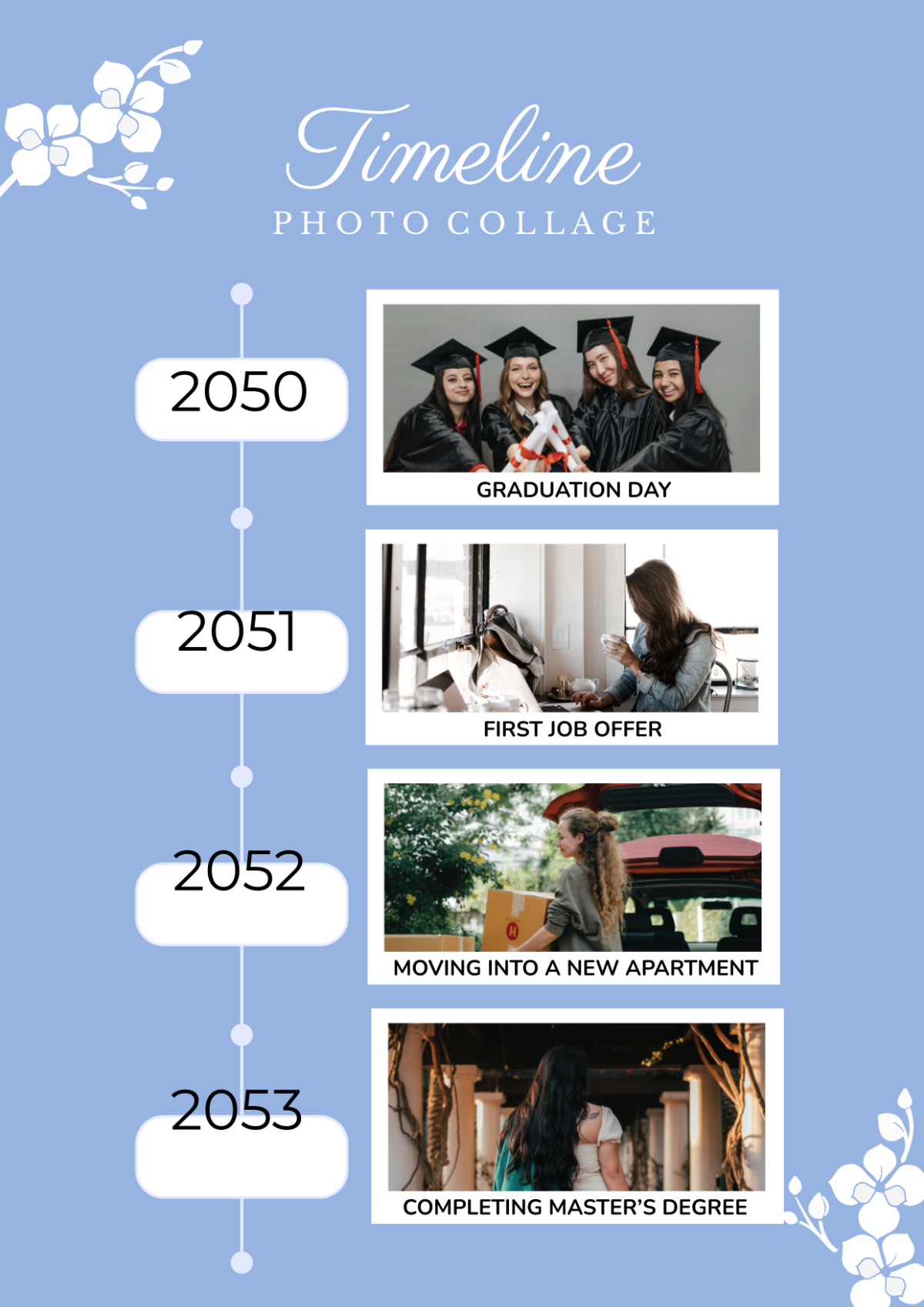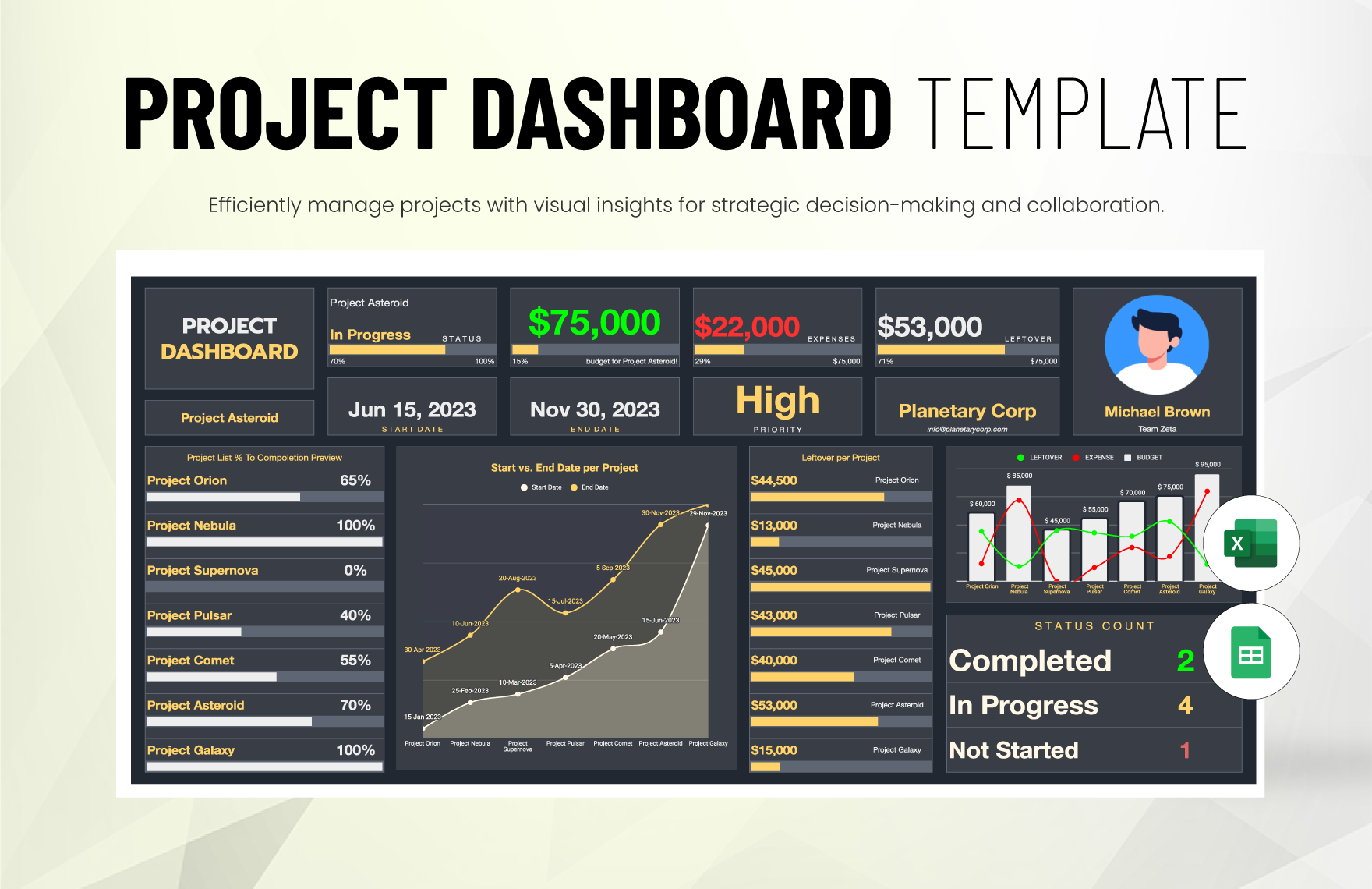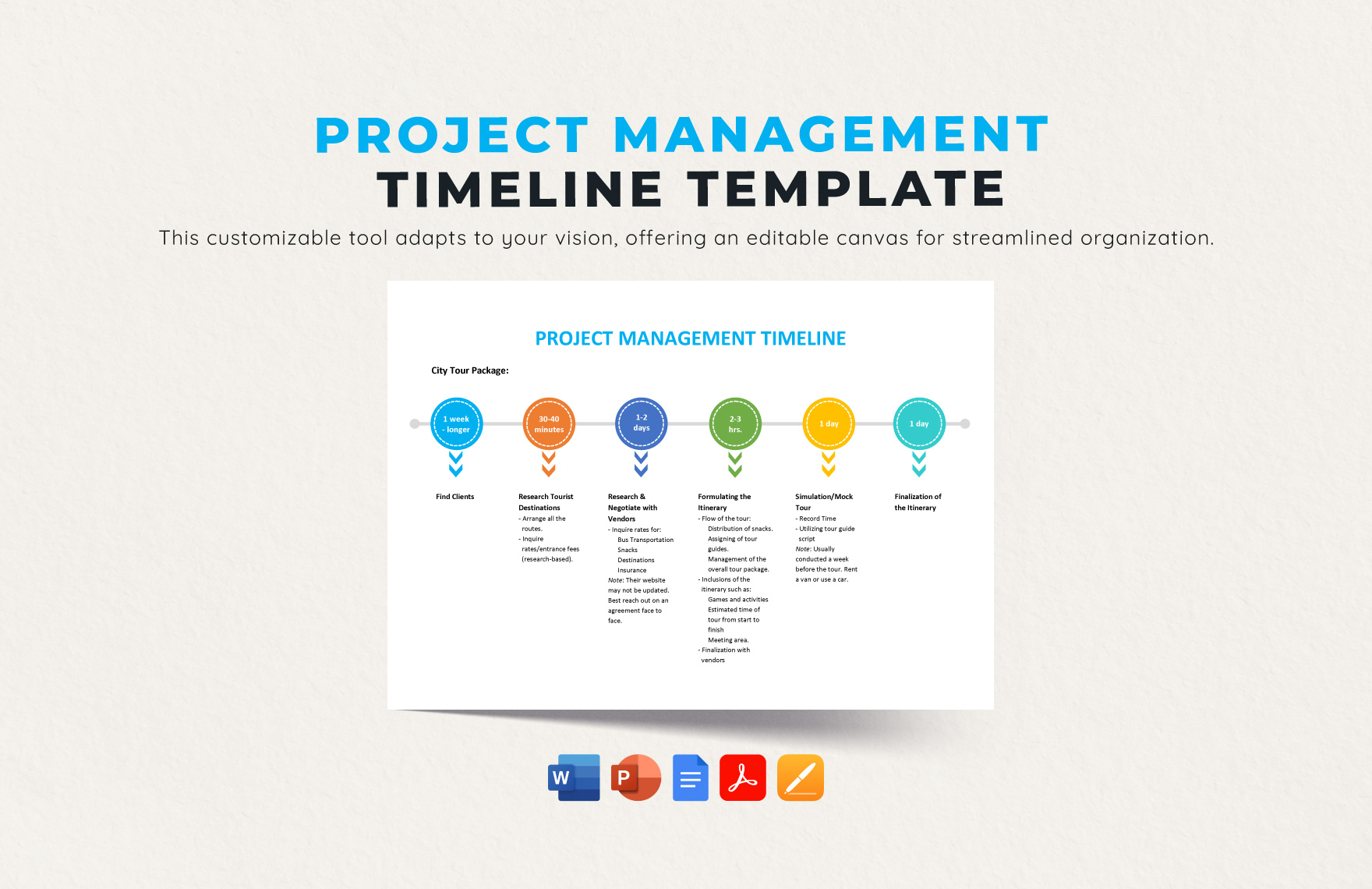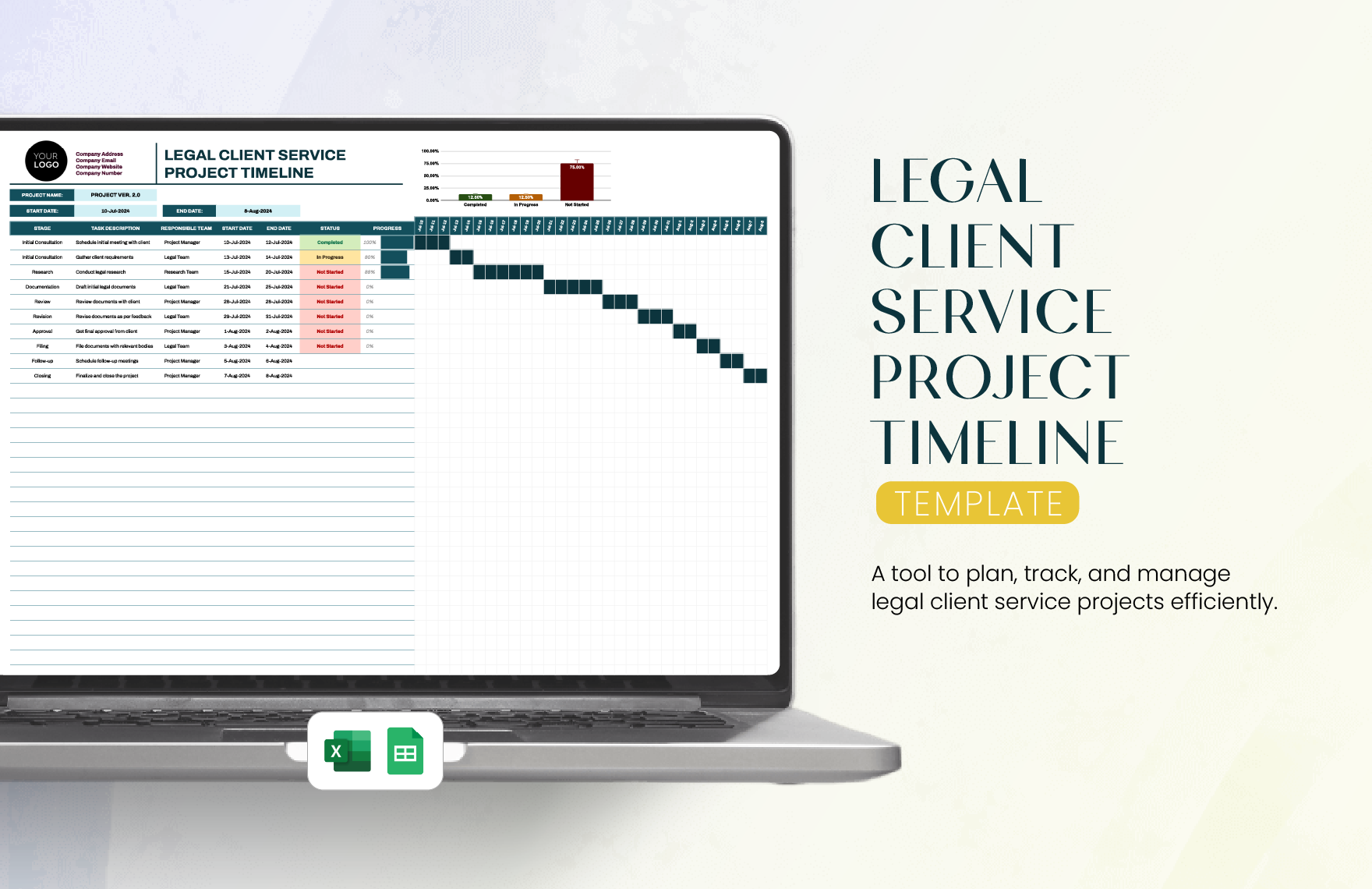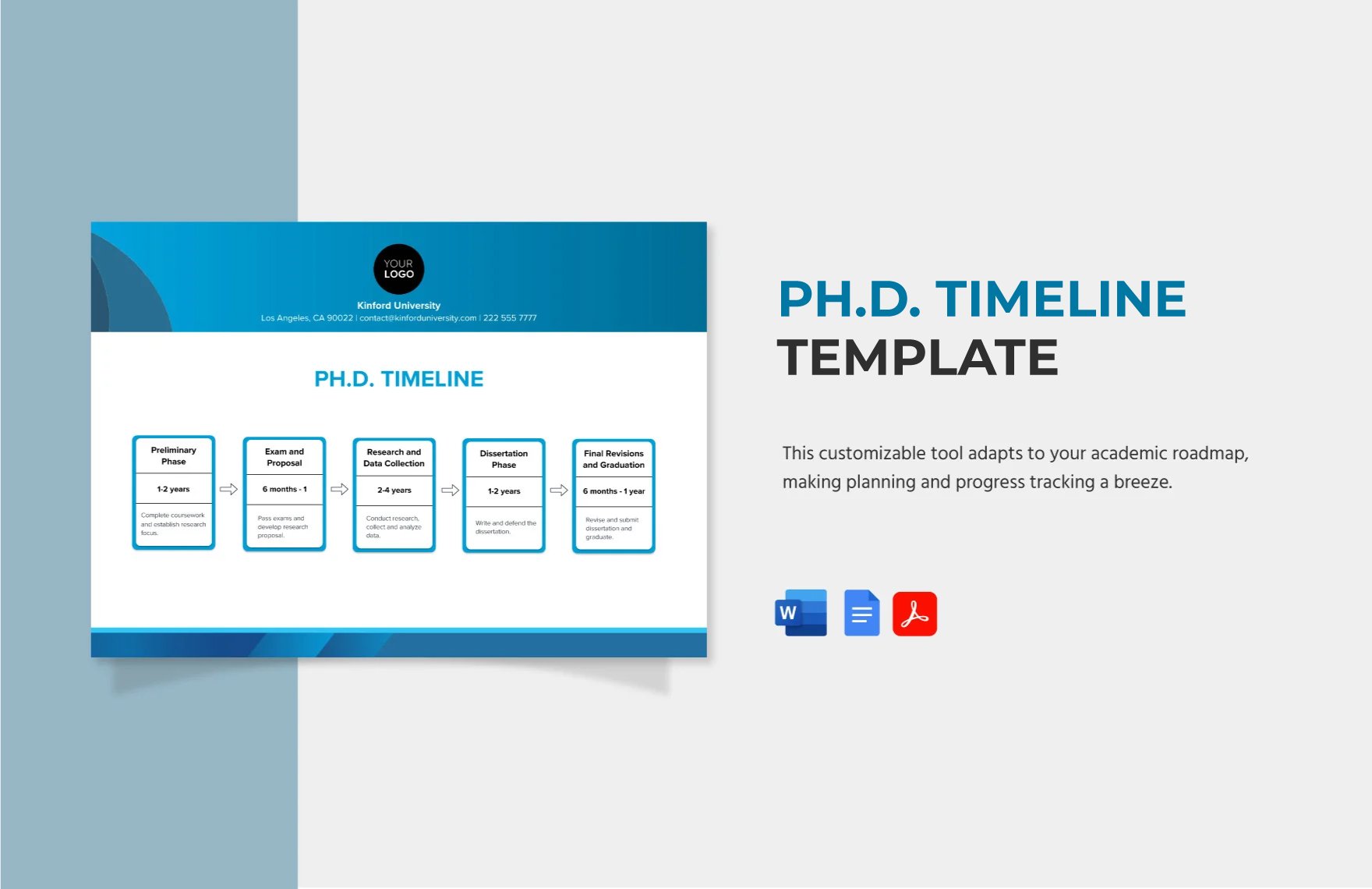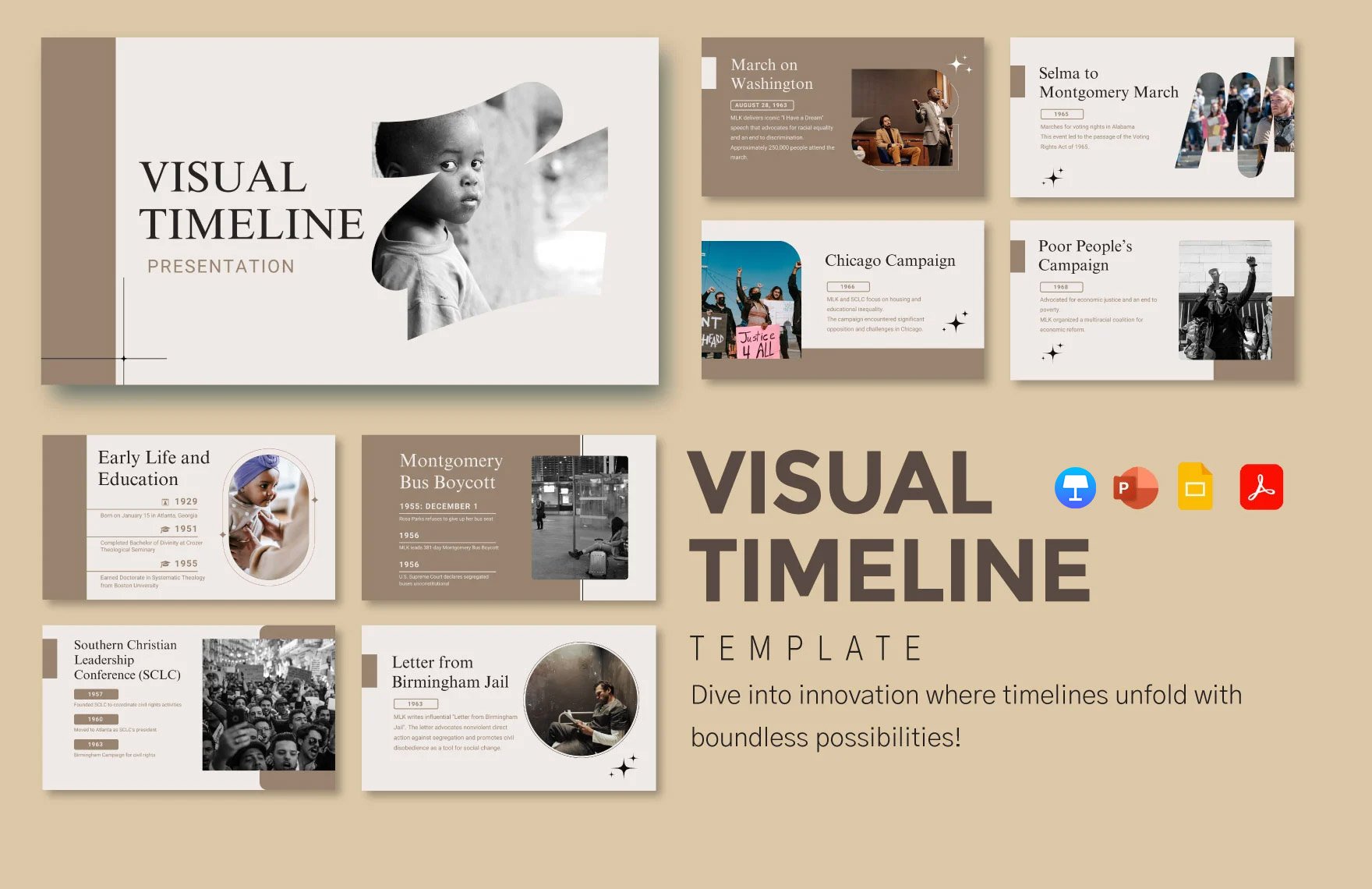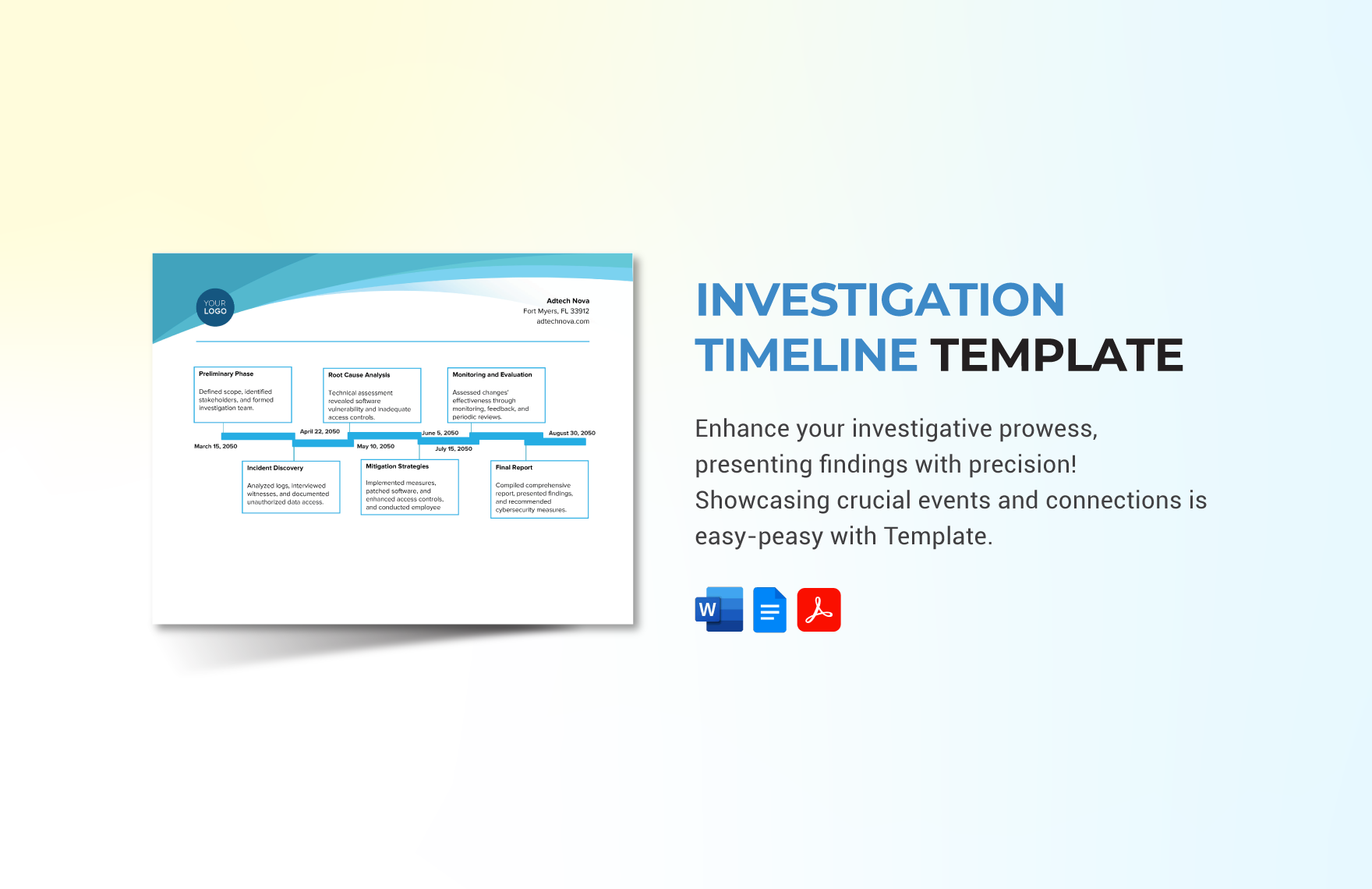A timeline is a project manager’s best friend. Don’t you agree? Without it, how would different causes, inventions, organizations, and ideas ever be realized? So if you are struggling with how to manage your and your team’s time, resources, and goals, look into the use of Project Timeline Templates. Here at Template.net PRO, we have done all the work of designing visually appealing and, hopefully, motivating timeline templates. All 100% customizable, printable, web-ready, some are free (while others are available for a small free). Reclaim your time and stay on track with any project now! Sign up for our subscription plans and create any type of timeline you want. From research project timelines to project timeline charts, we got it all.
What is a Project Timeline?
A project timeline is a document that breaks down the sequence of actions and timespans needed to complete a project. This document may be printed on paper, projected on a screen, charted on a wall, or automated on an app.
It acts as a time-tracking tool that relates a person’s or a team’s progress towards a goal. It may be used to track projects that are completed within a few hours or weeks. Or, you may create a 12-month project event timeline and keep track of long-term projects.
In the digital age, creating project management timelines is made easier thanks to project plan timeline templates and project management software like Trello, Asana, and Microsoft Project.
But if you prefer a more hands-on approach to making your own project timelines, then the short guide below is for you.
How to Create a Project Timeline
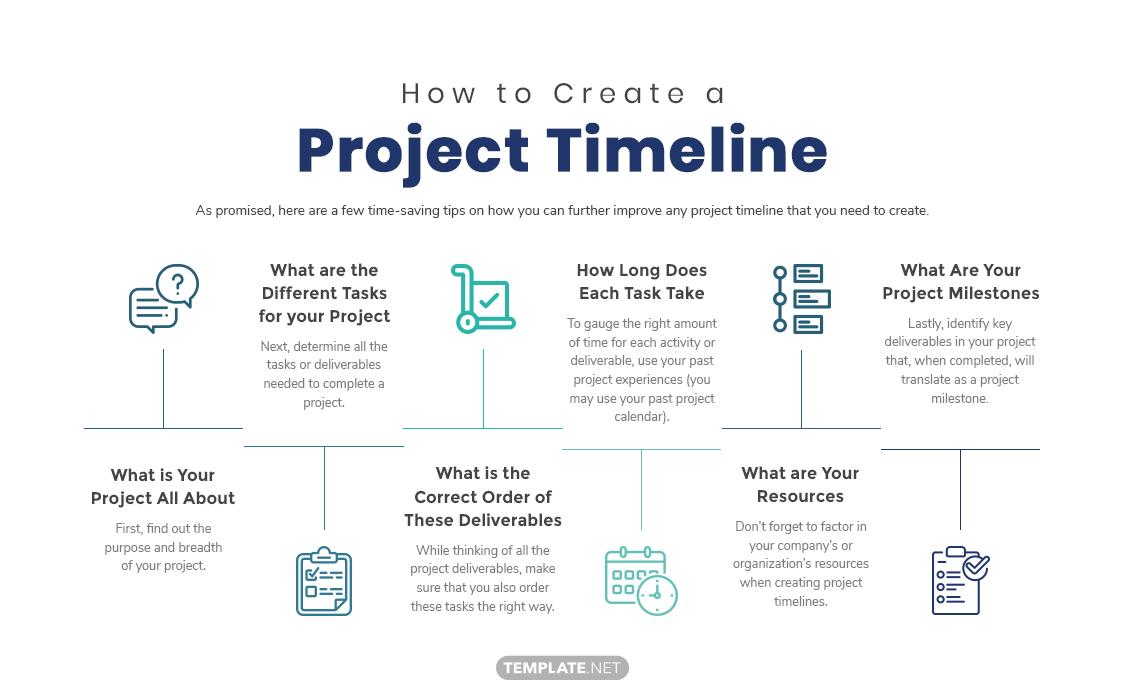
As promised, here are a few time-saving tips on how you can further improve any project timeline that you need to create.
1. What is Your Project All About
First, find out the purpose and breadth of your project. Knowing a project’s extent allows managers and leaders to accurately determine other essential components of a good project timeline. It also helps you prepare the project budget.
Spend as much time as you can on this first step so that you will have an easier time accomplishing the later steps.
2. What are the Different Tasks for your Project
Next, determine all the tasks or deliverables needed to complete a project. Think of all the high-level project deliverables first. Then slowly come up with all the minor tasks later on.
3. What is the Correct Order of These Deliverables
While thinking of all the project deliverables, make sure that you also order these tasks the right way. The preparatory deliverables will need to be completed first. Find out what specific tasks will need to be completed first other tasks can be done. To assist you with this, use a project checklist.
4. How Long Does Each Task Take
To gauge the right amount of time for each activity or deliverable, use your past project experiences (you may use your past project calendar). And if this is your first time tackling this specific project, research industry standards on how long they are done. Talk to your team. Give them a scenario and ask for their honest opinion on how long it takes to complete such a task.
5. What are Your Resources
Don’t forget to factor in your company’s or organization’s resources when creating project timelines. Determine beforehand if you need your employees to render overtime work. If they need to do so, keep in mind the company's overtime policies. Ask your own bosses if they are willing to pay for additional hours.
These things may seem trivial at first. But they make a big difference when it comes to the successful and stress-free completion of any project.
6. What Are Your Project Milestones
Lastly, identify key deliverables in your project that, when completed, will translate as a project milestone. This is important, especially when dealing with long-term projects. When employees see the project status on the official project Gantt Chart (or however way you show your project timelines) they are more likely to stay motivated.
